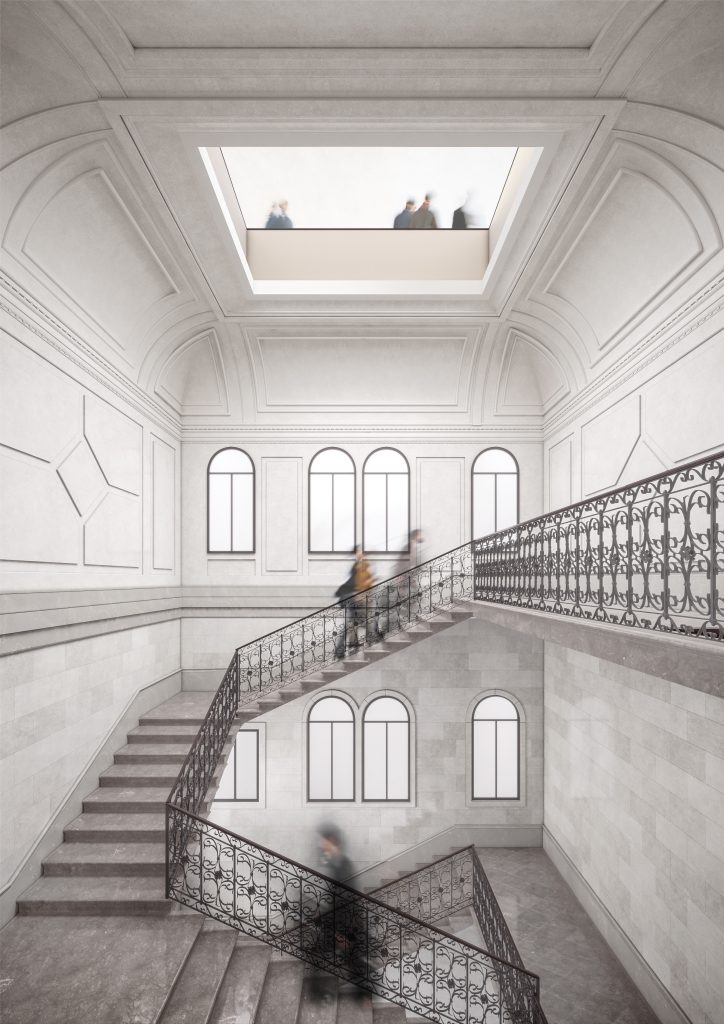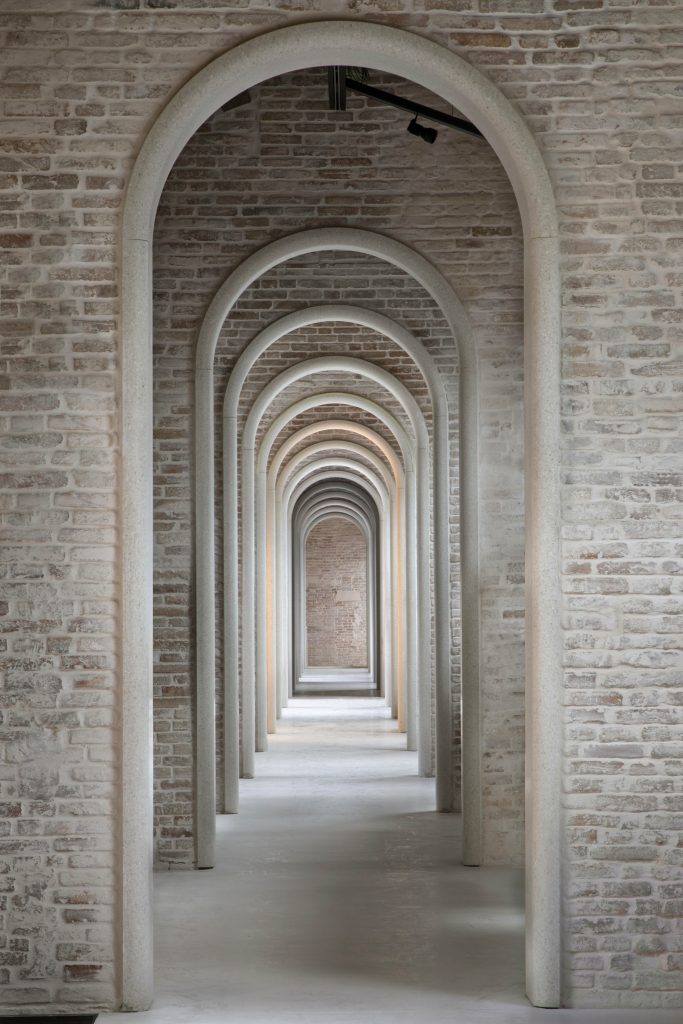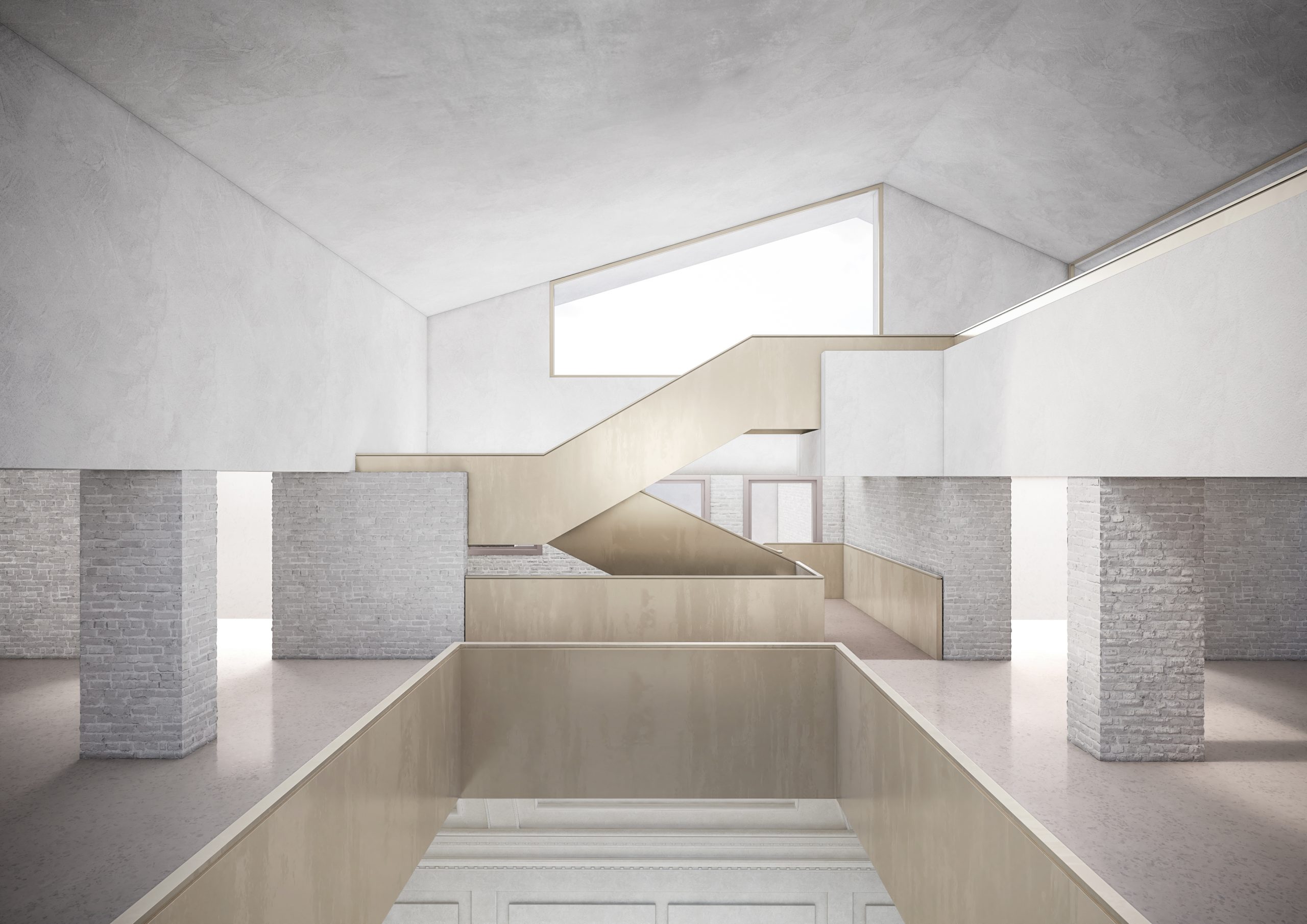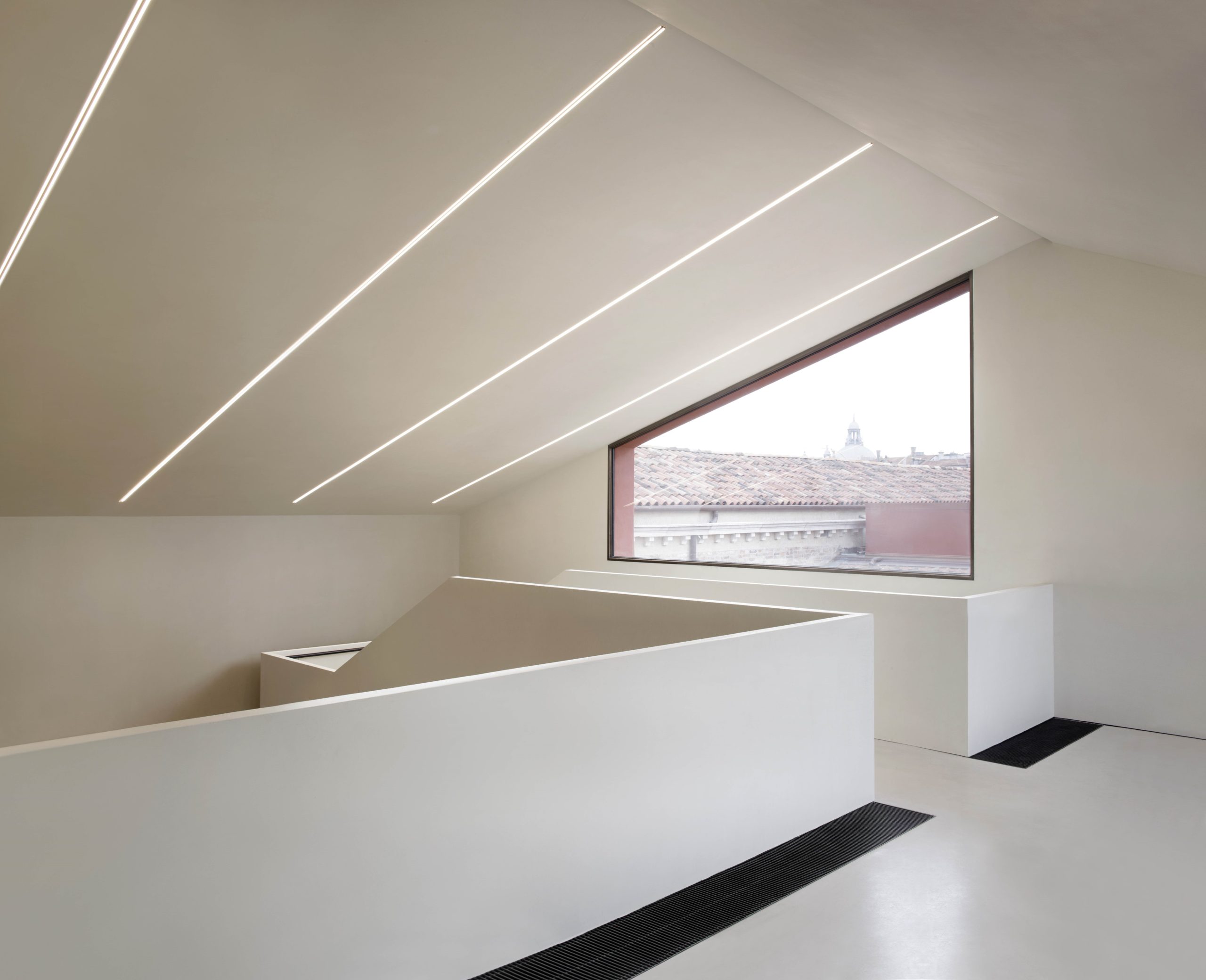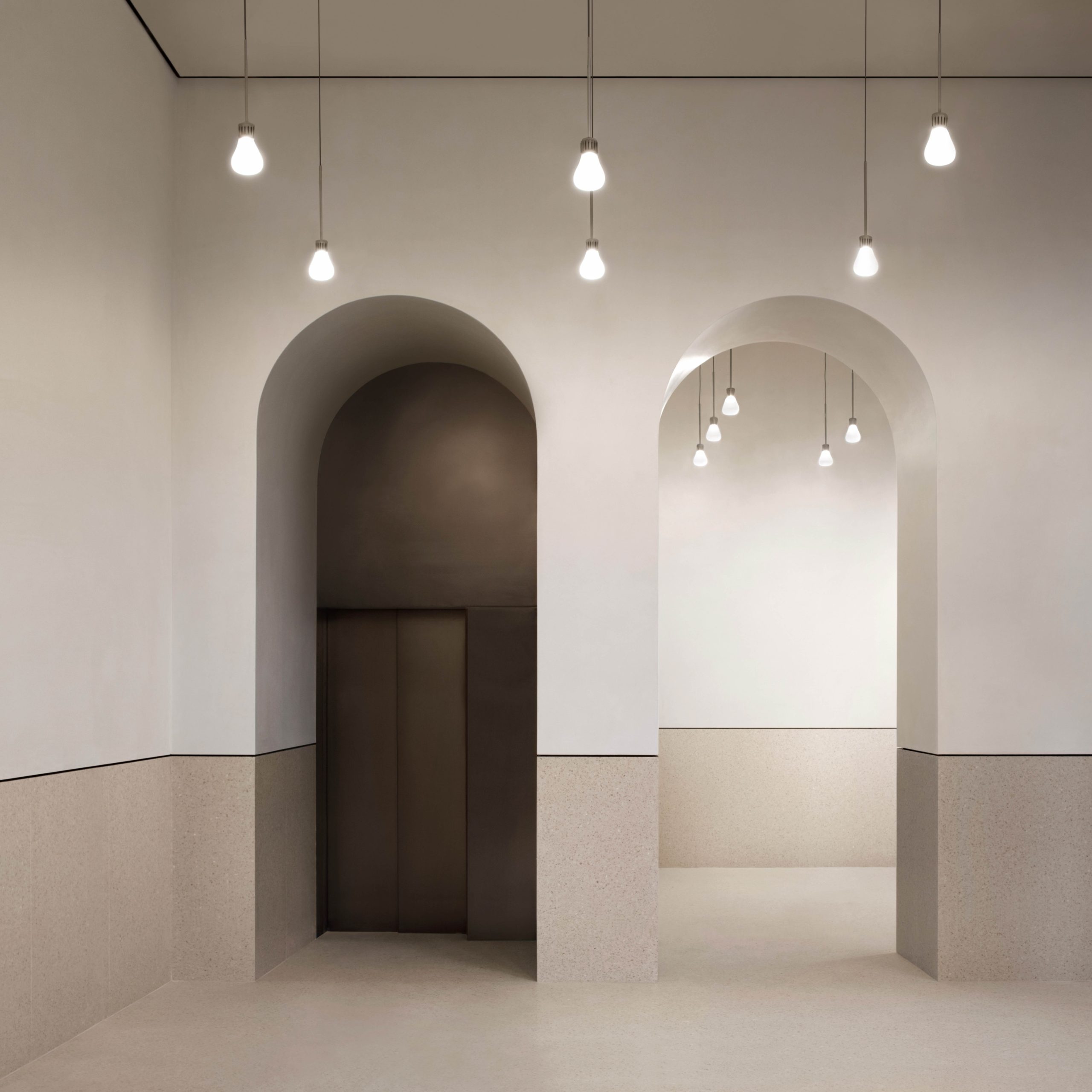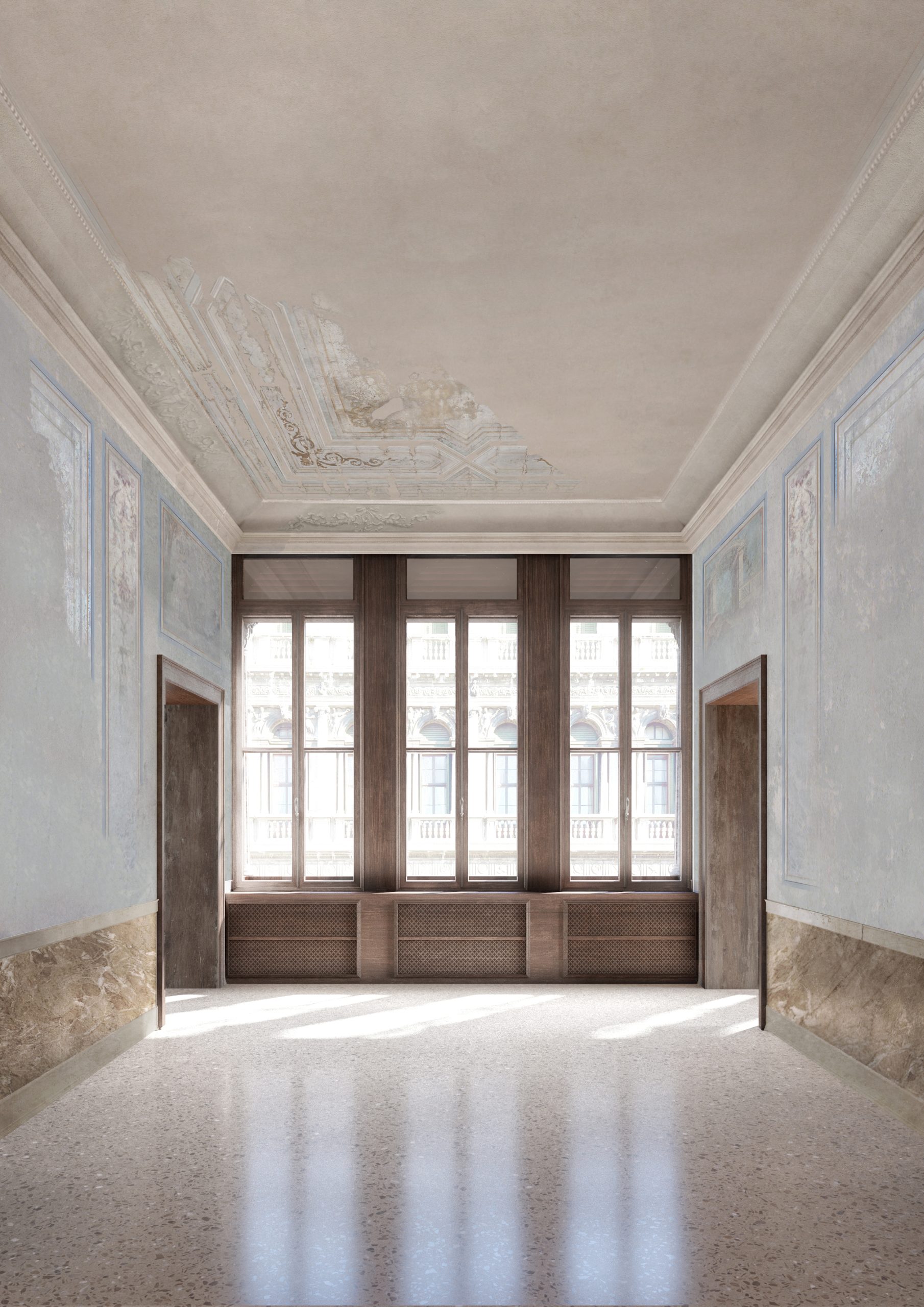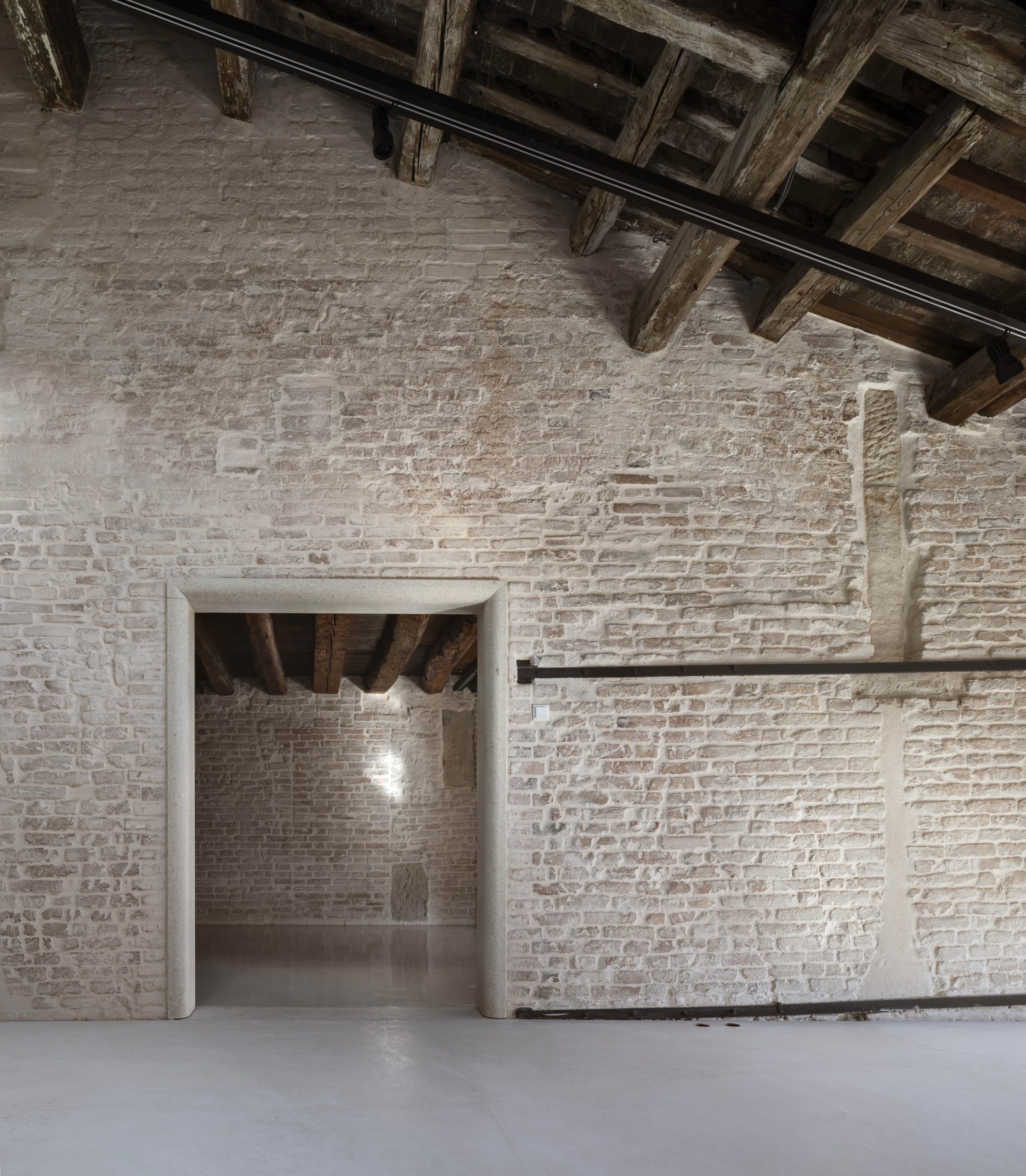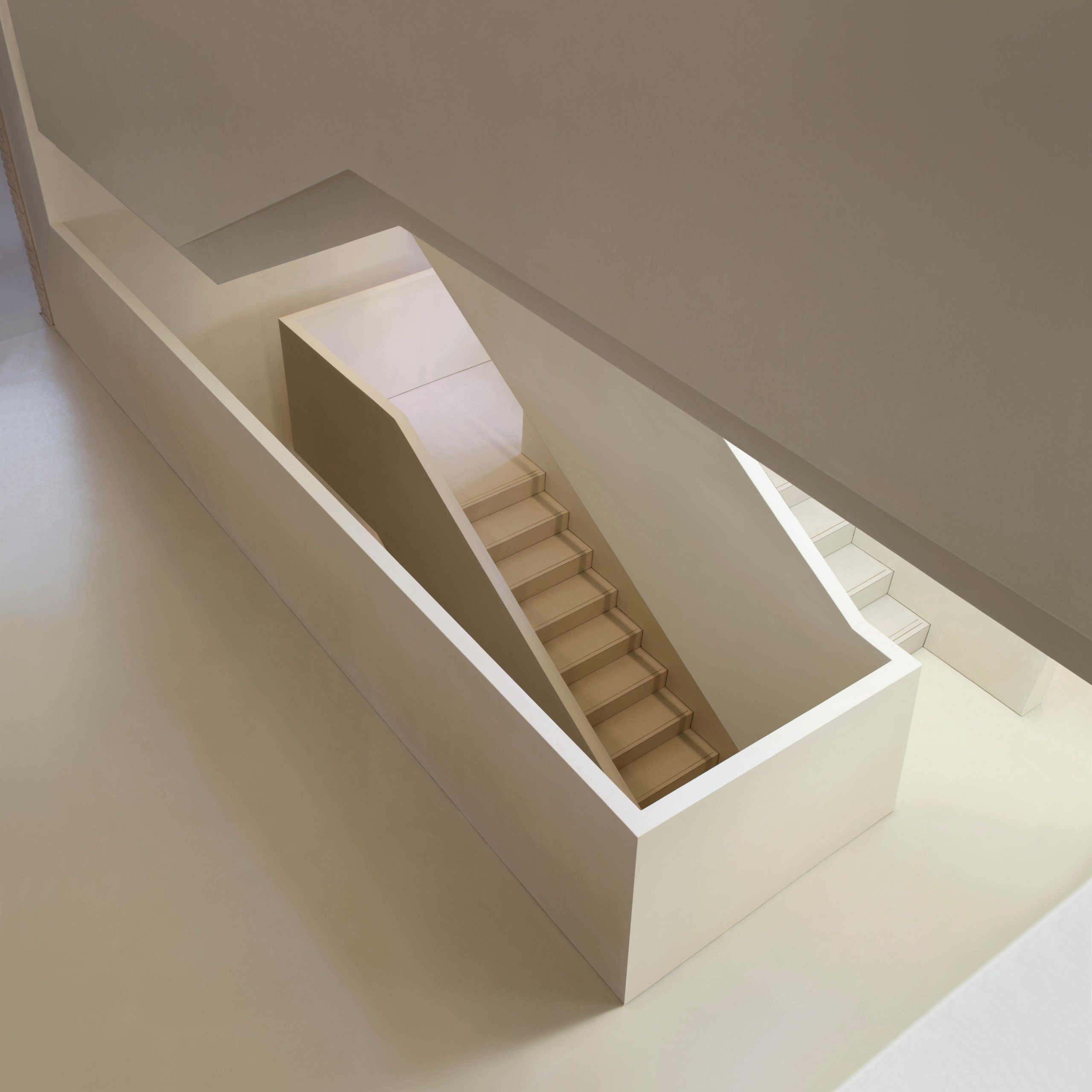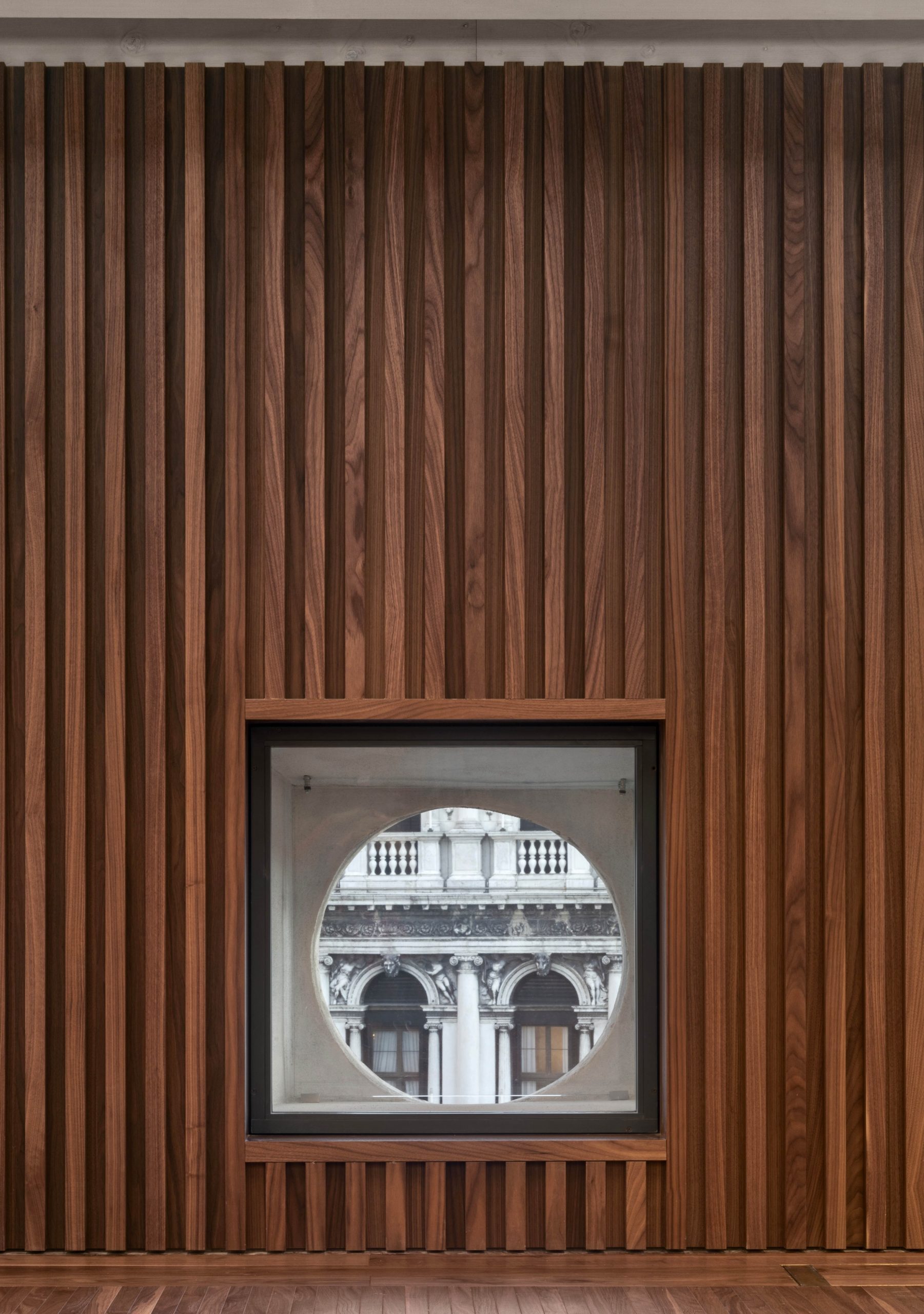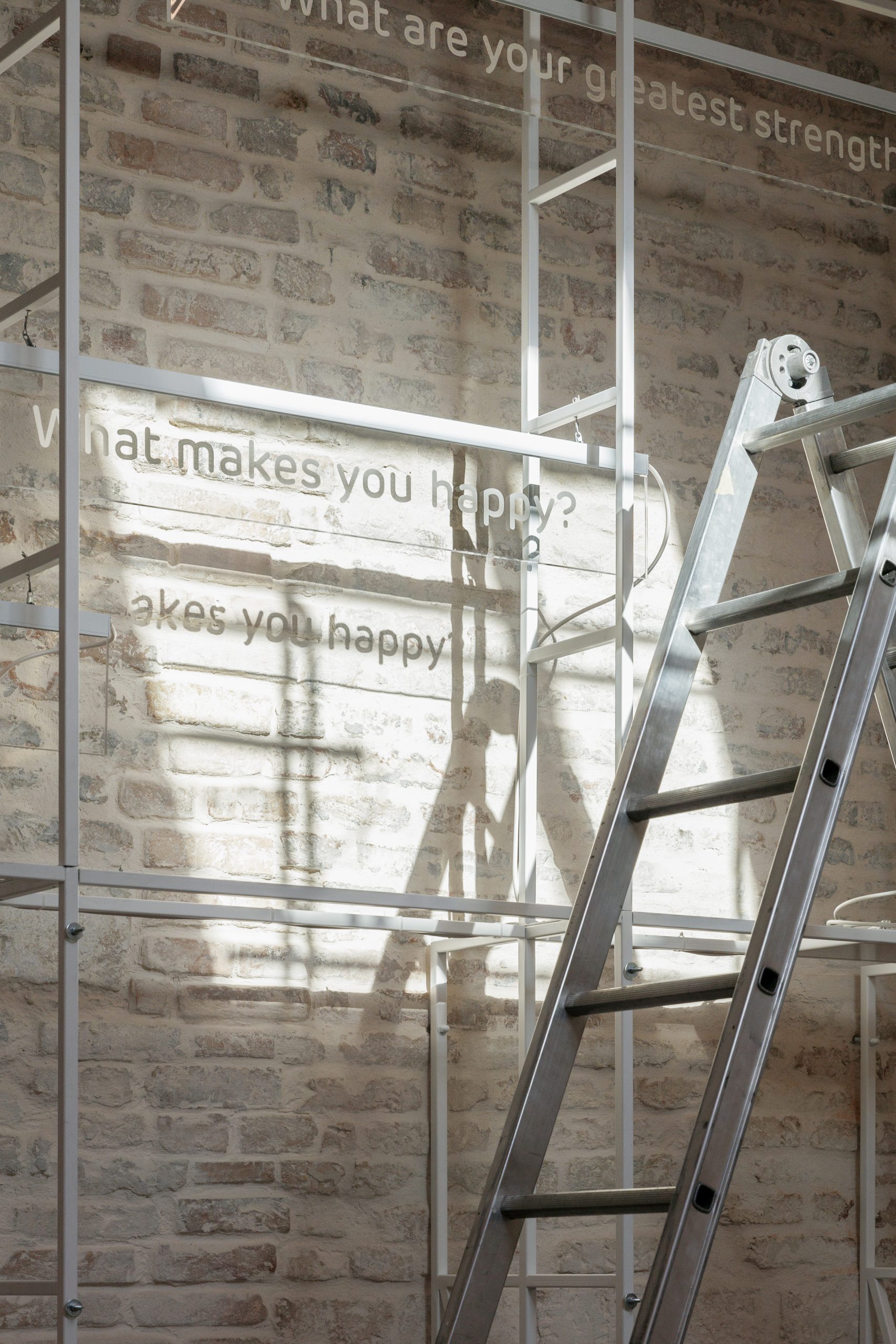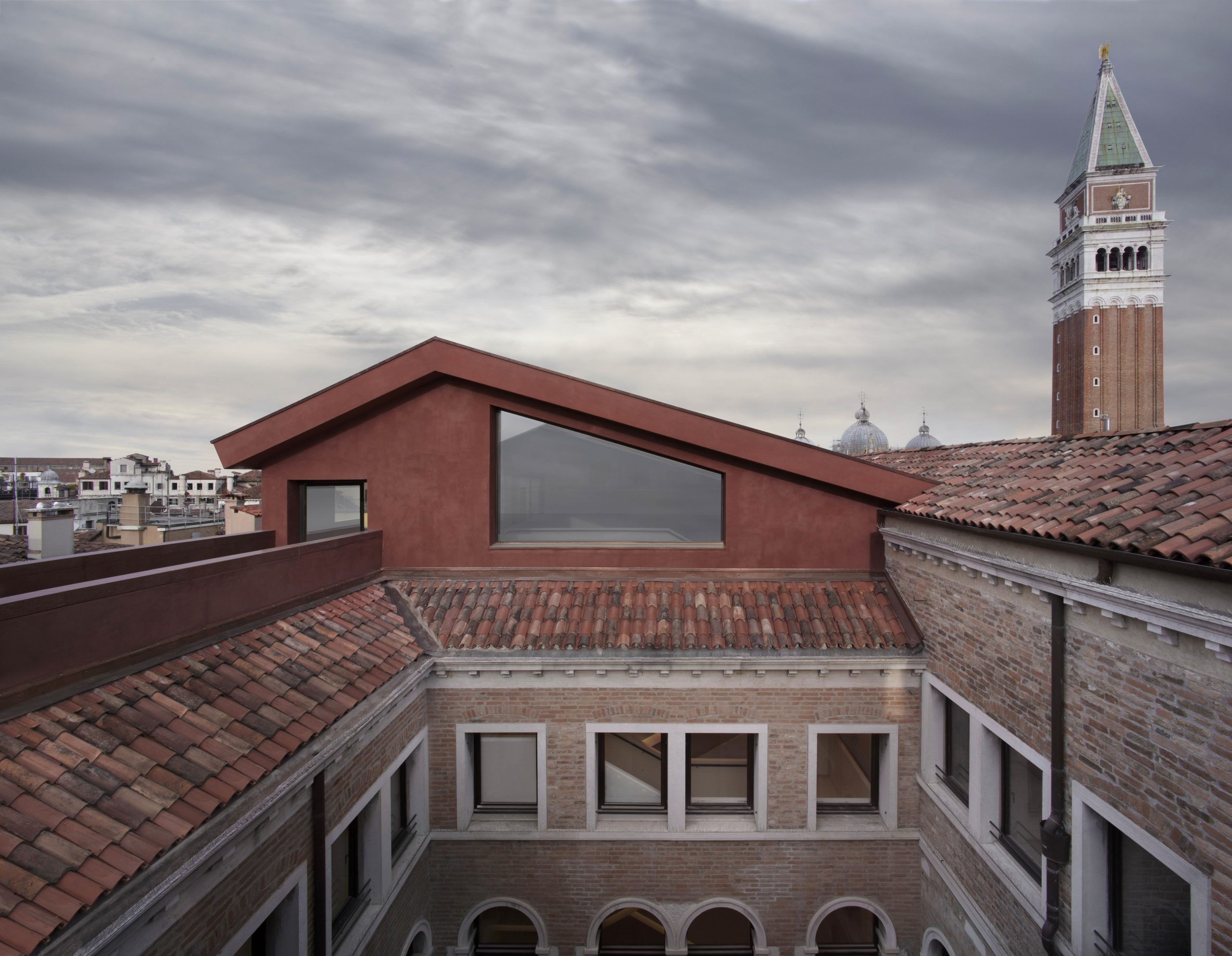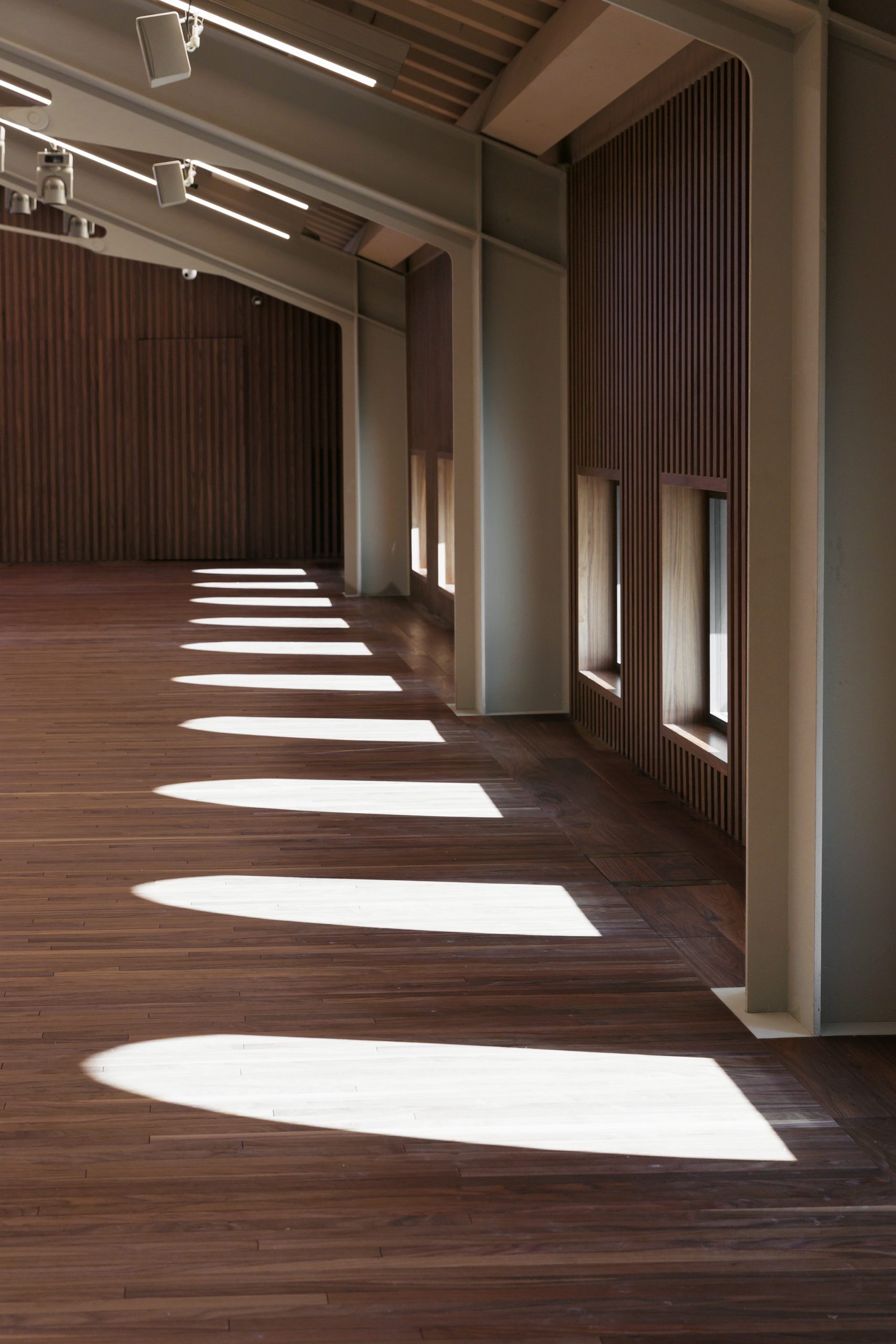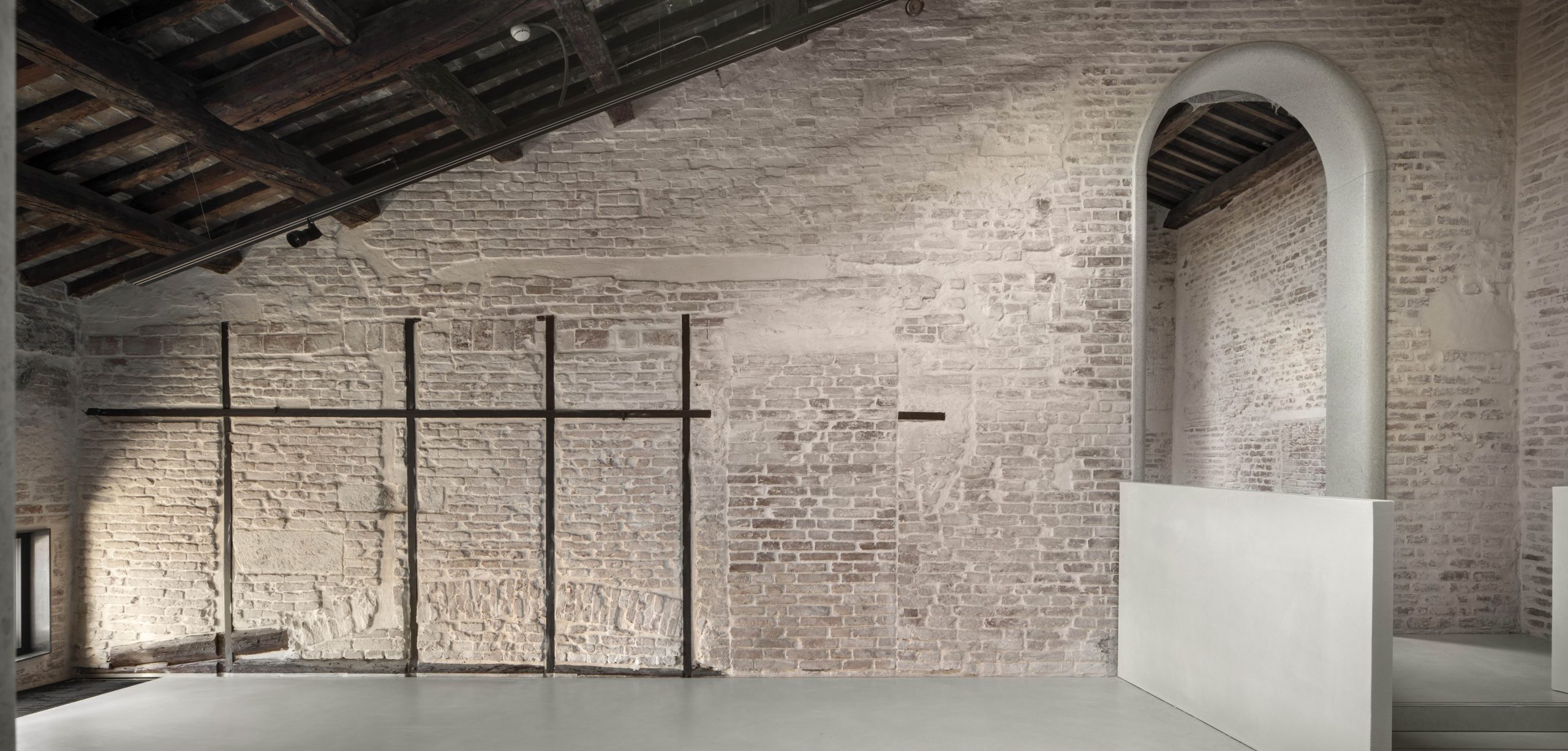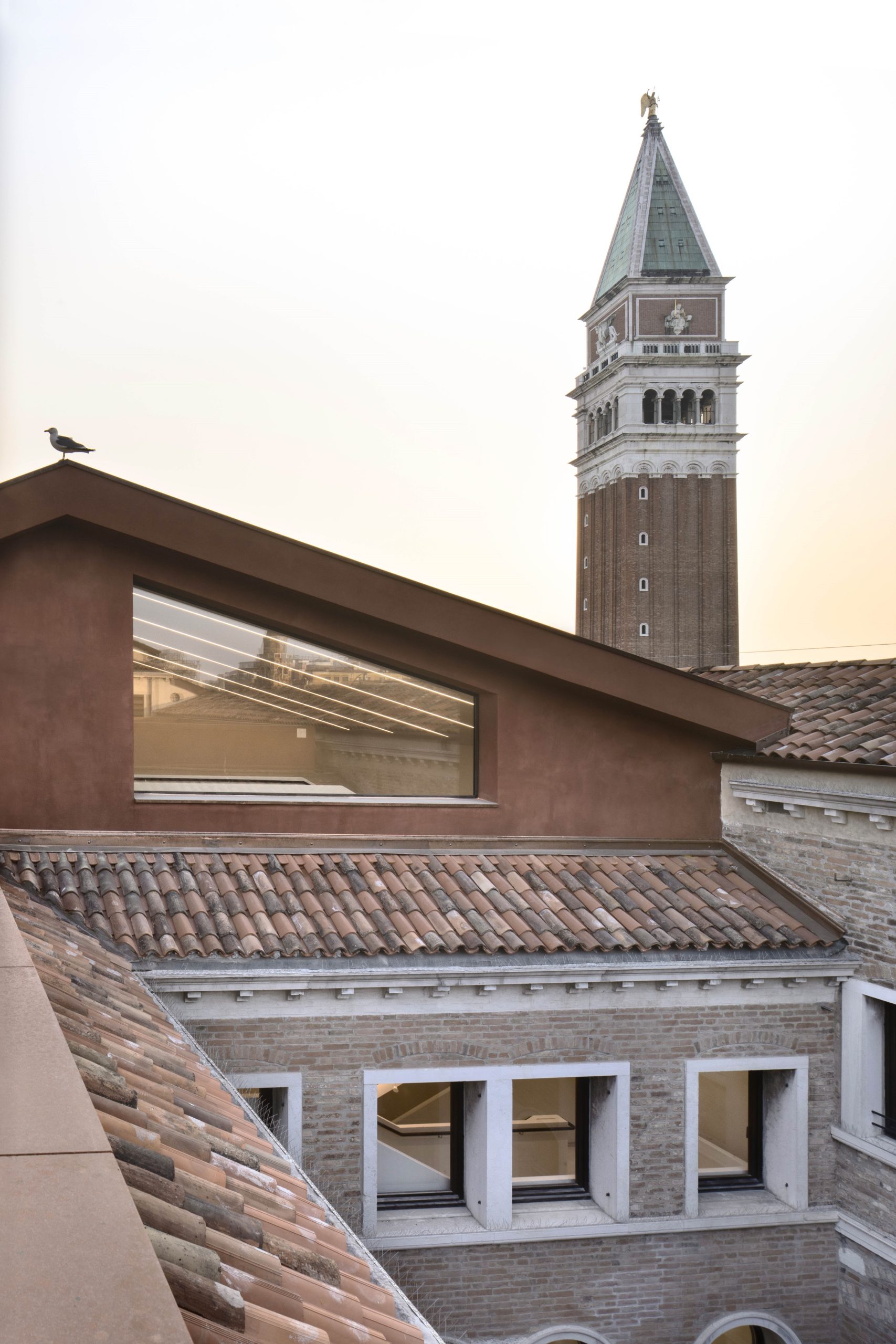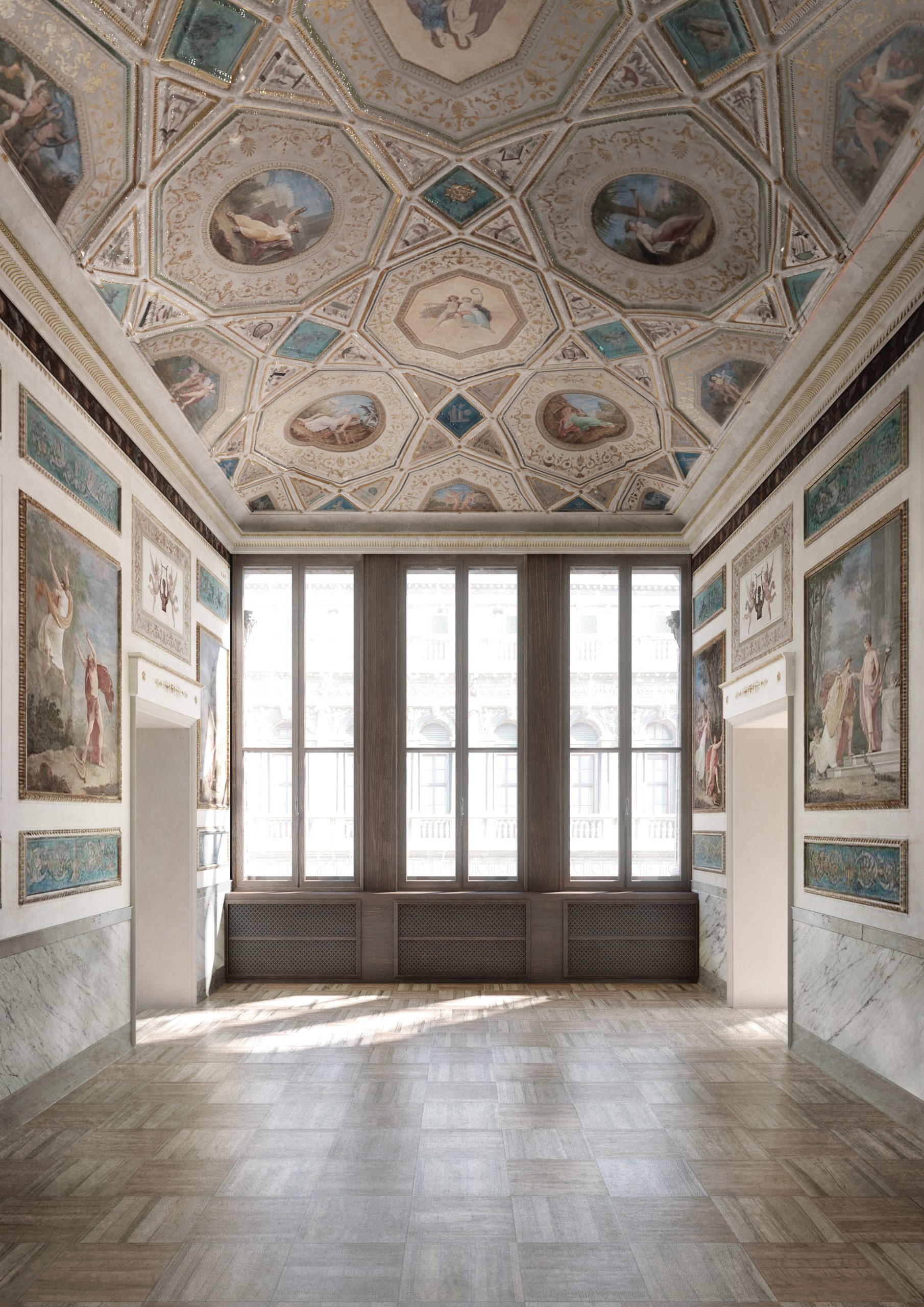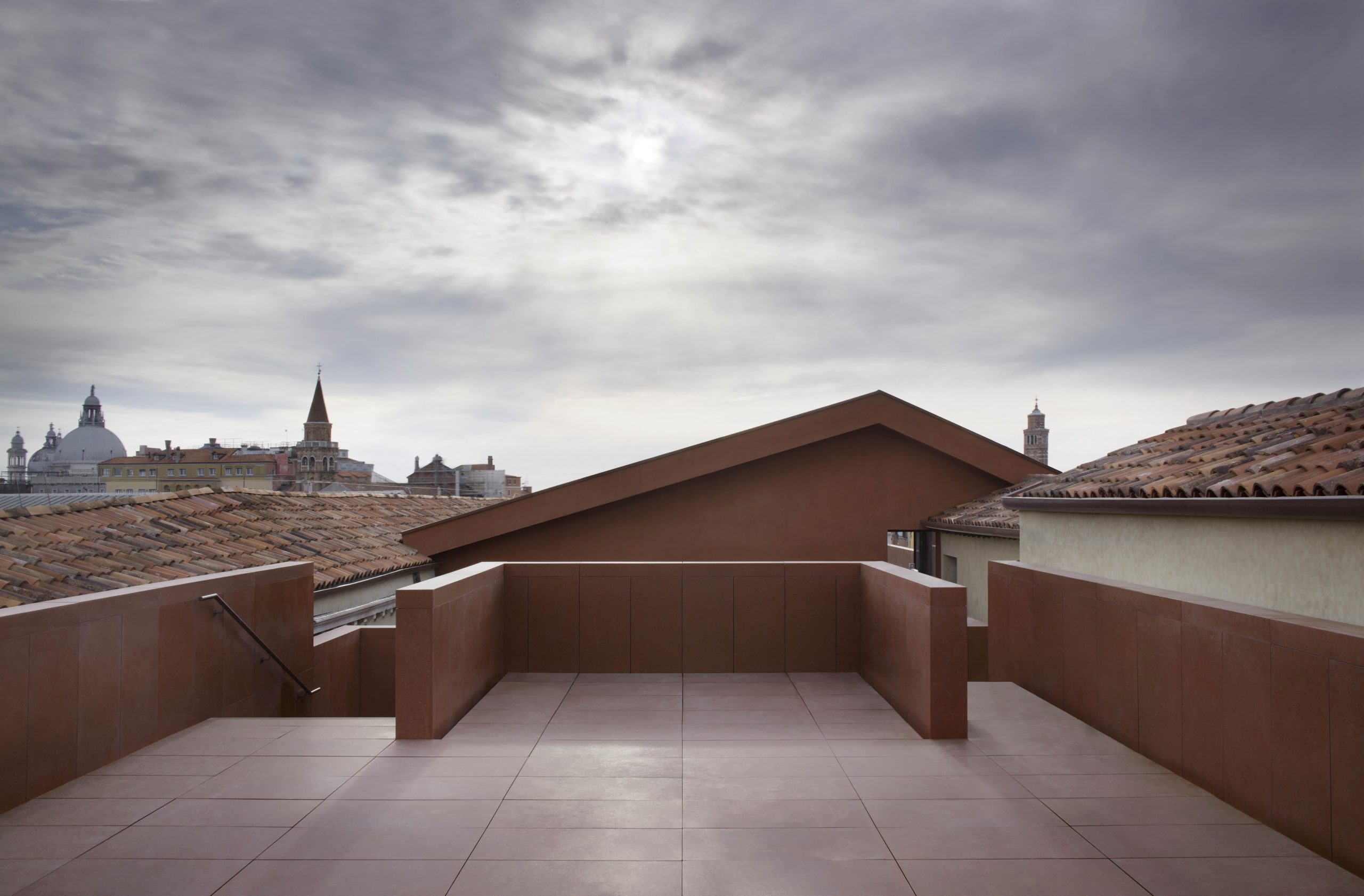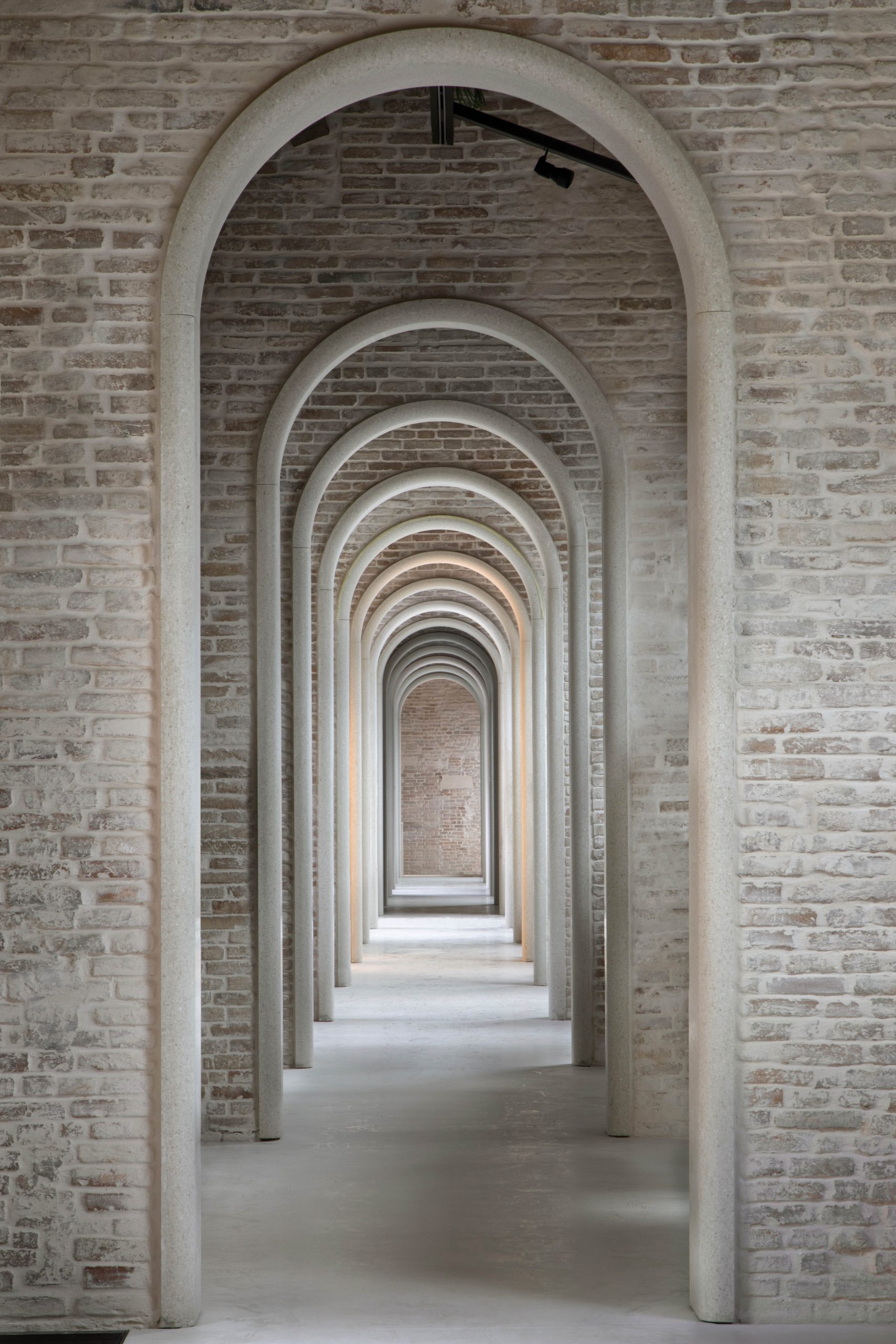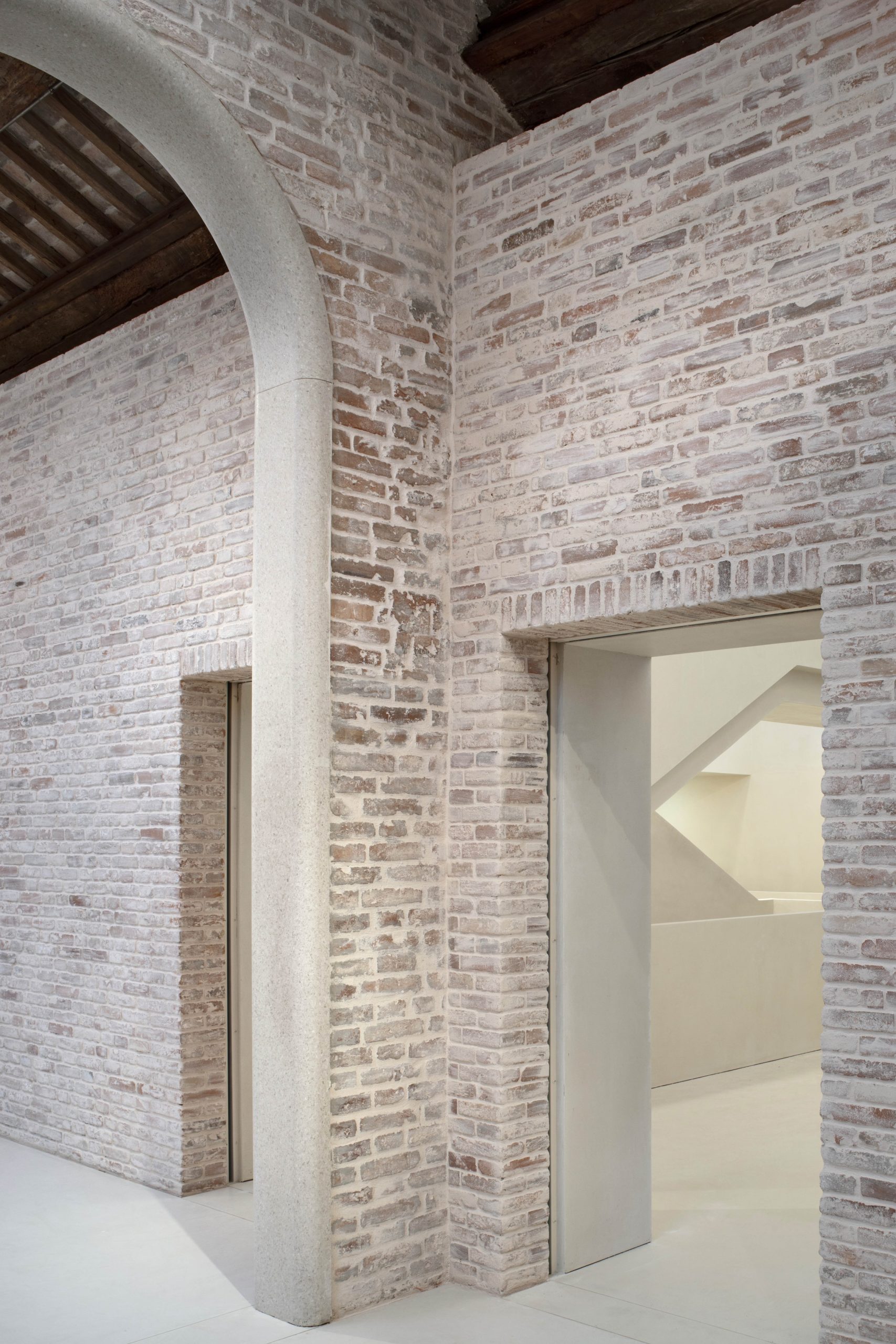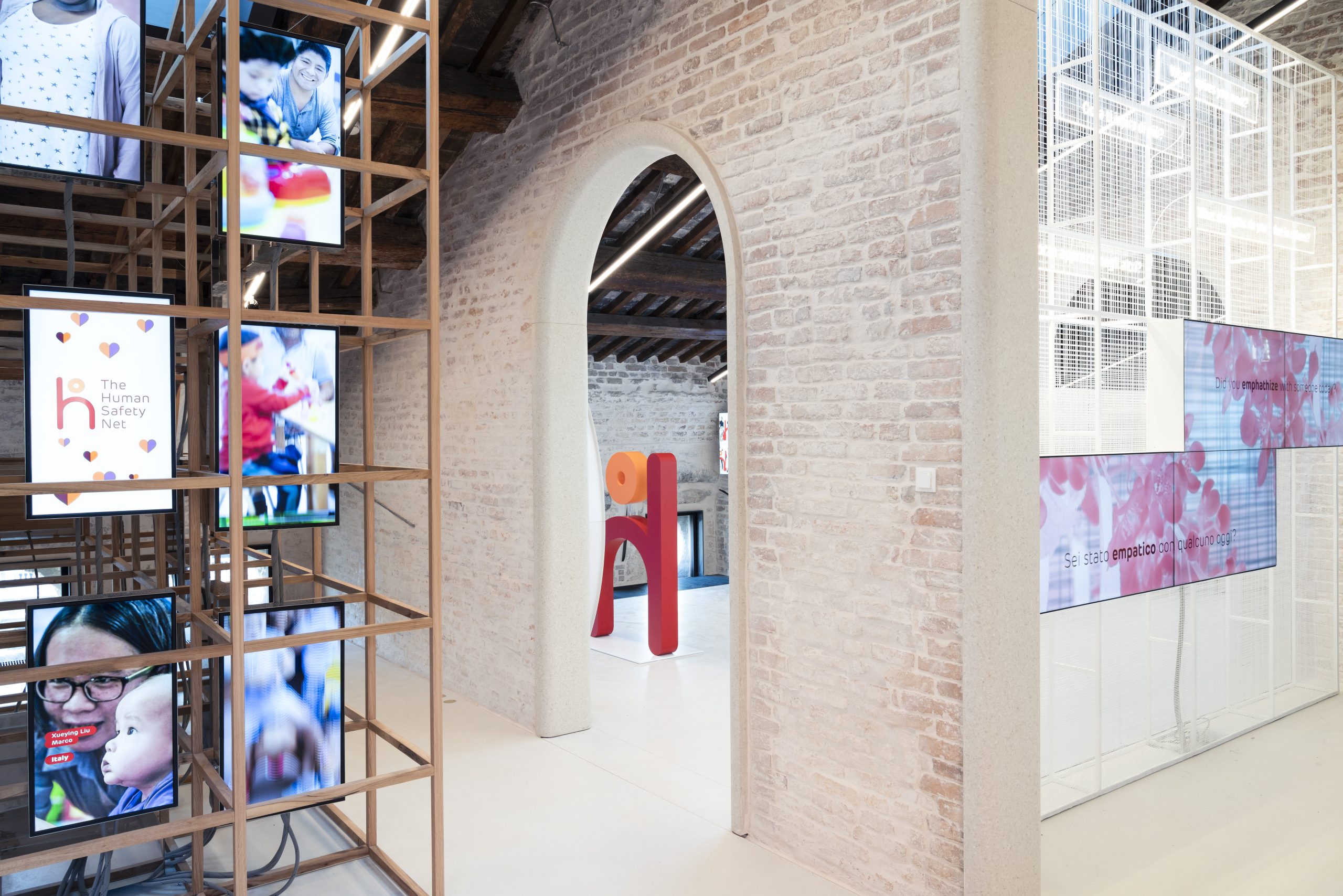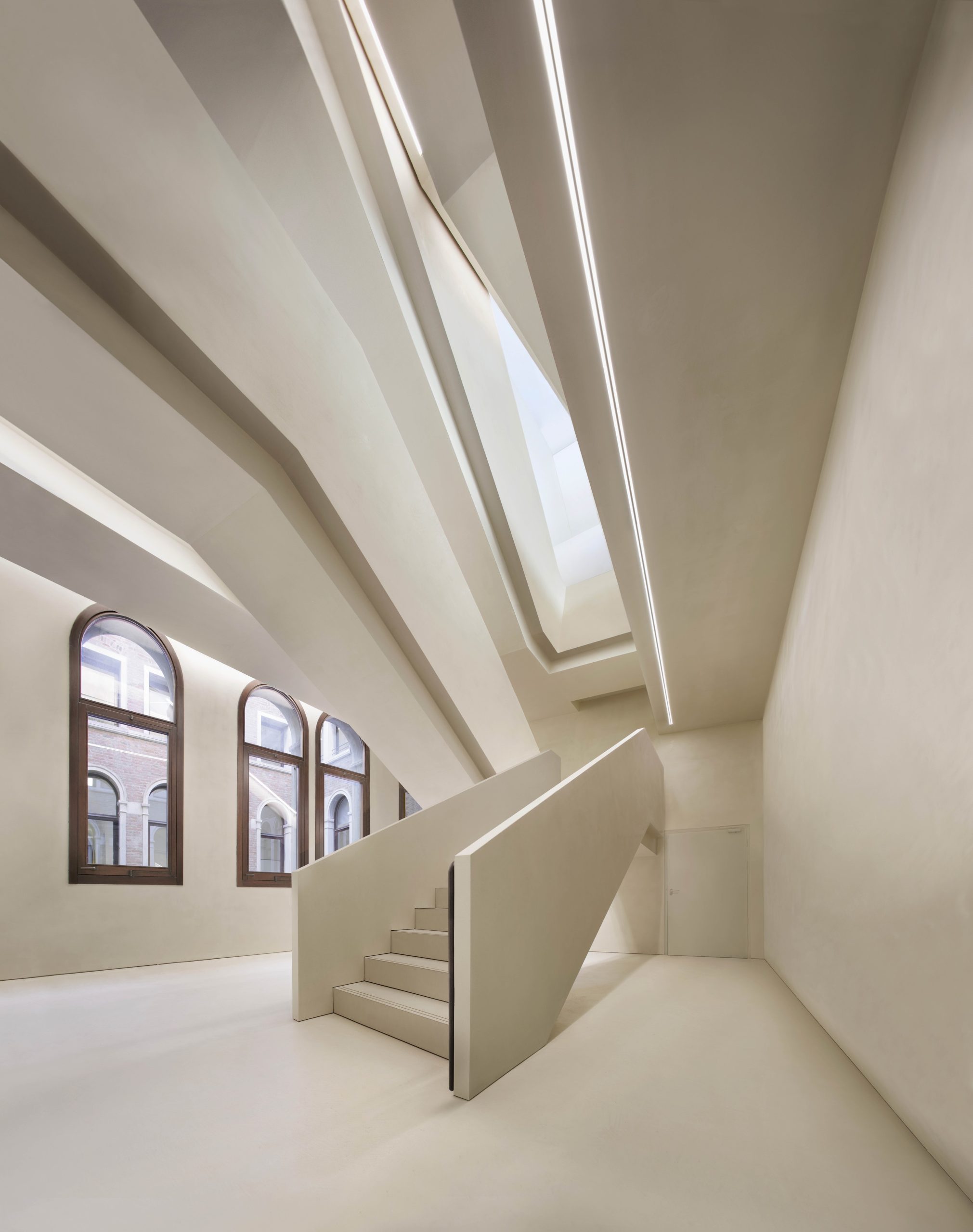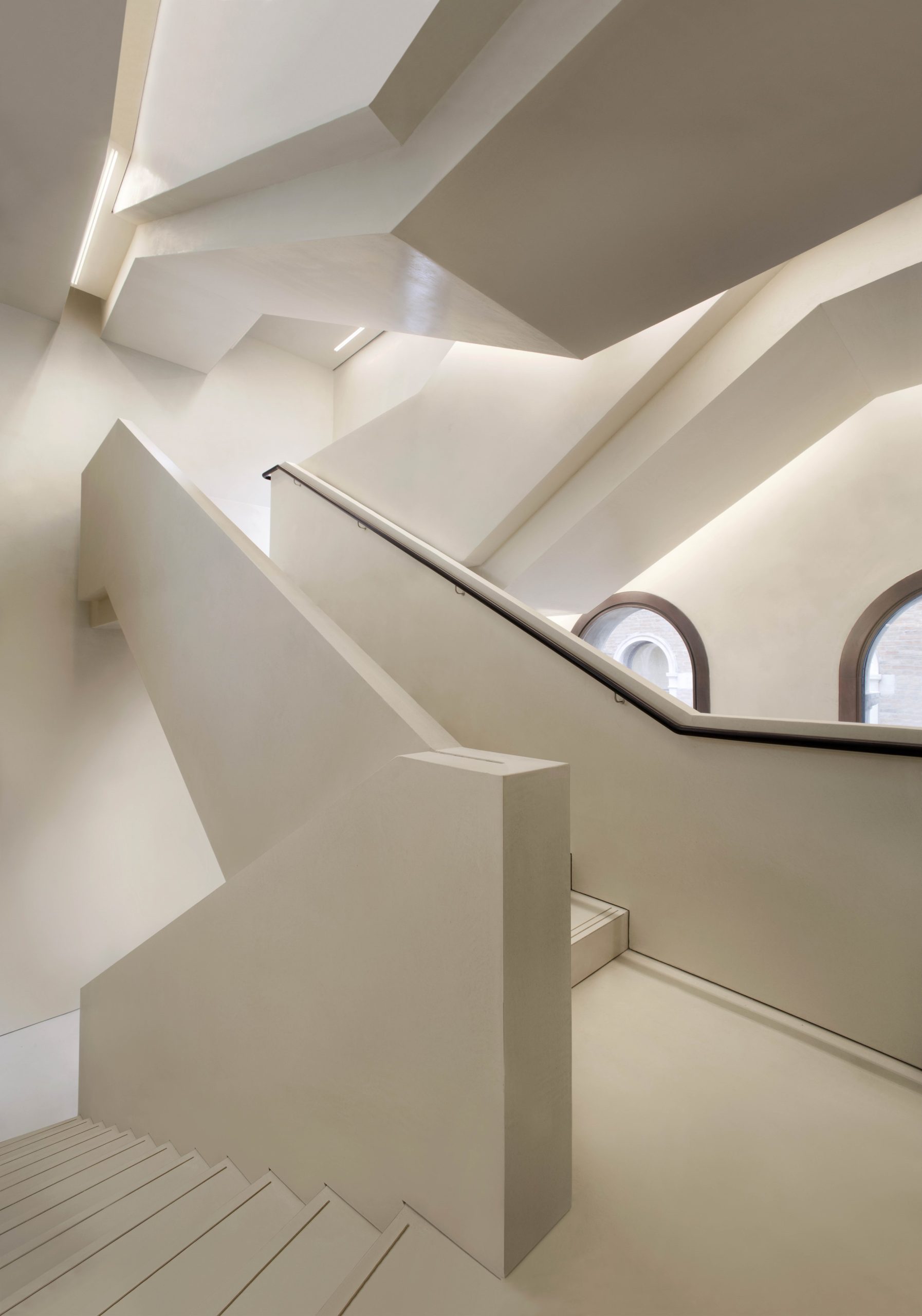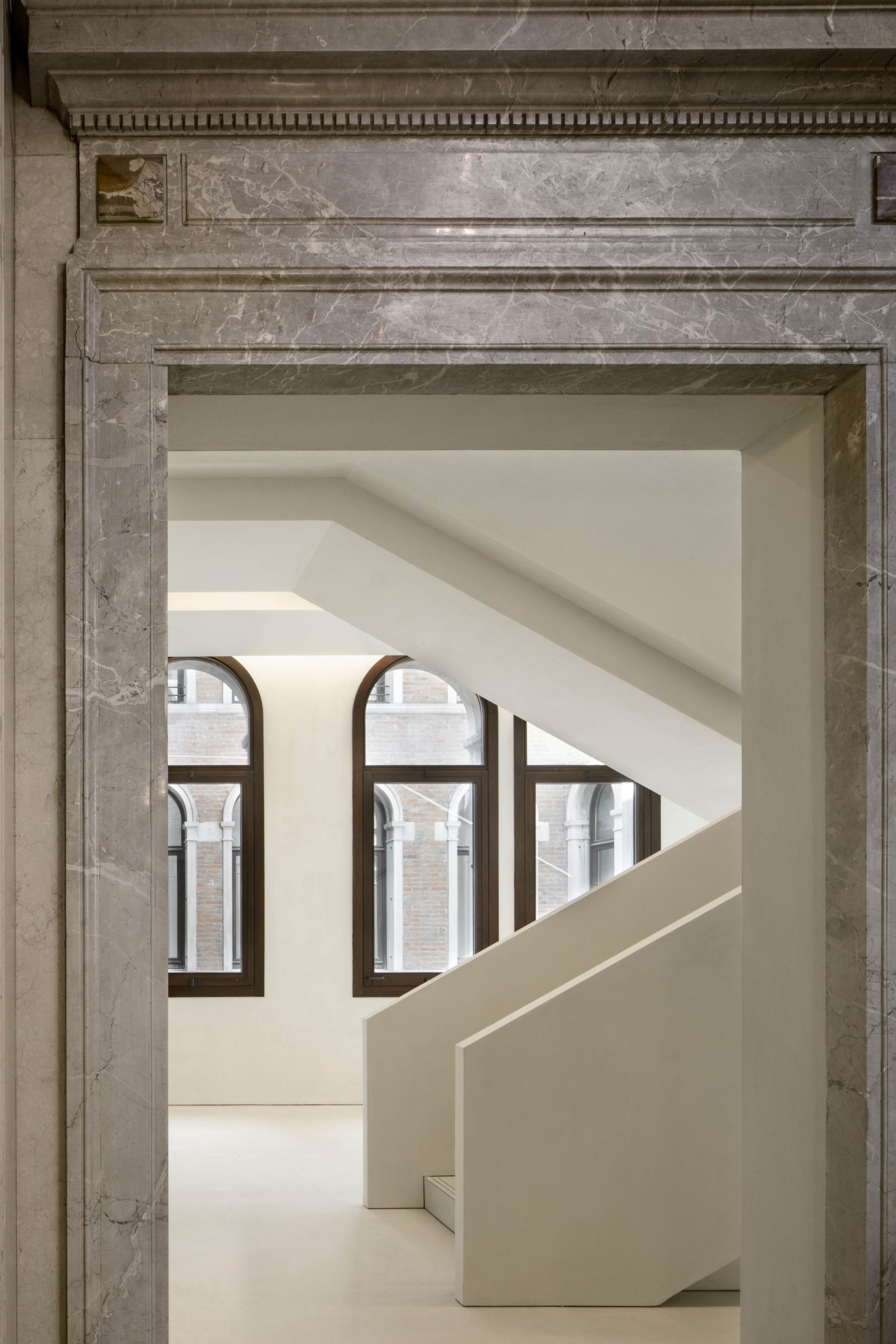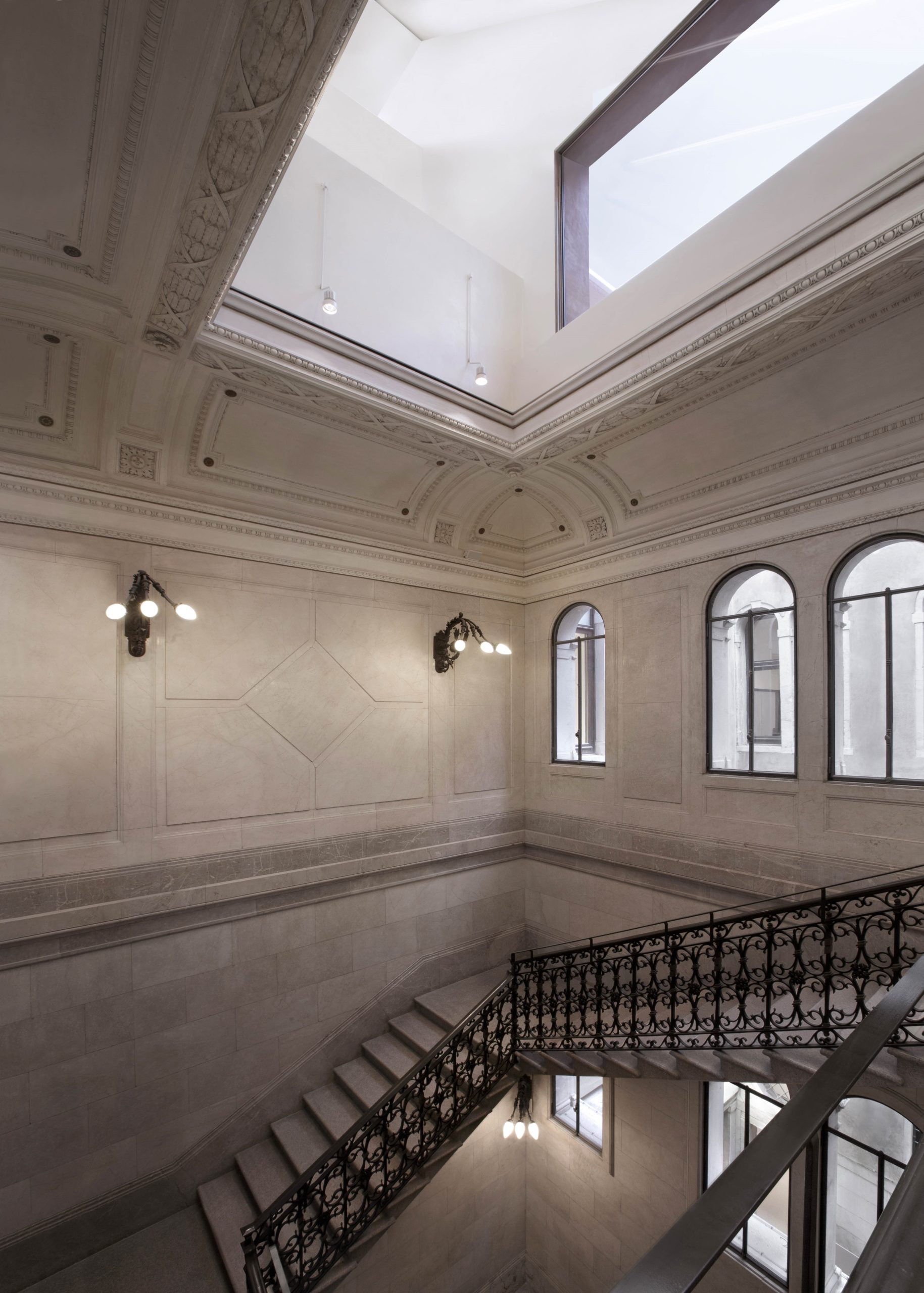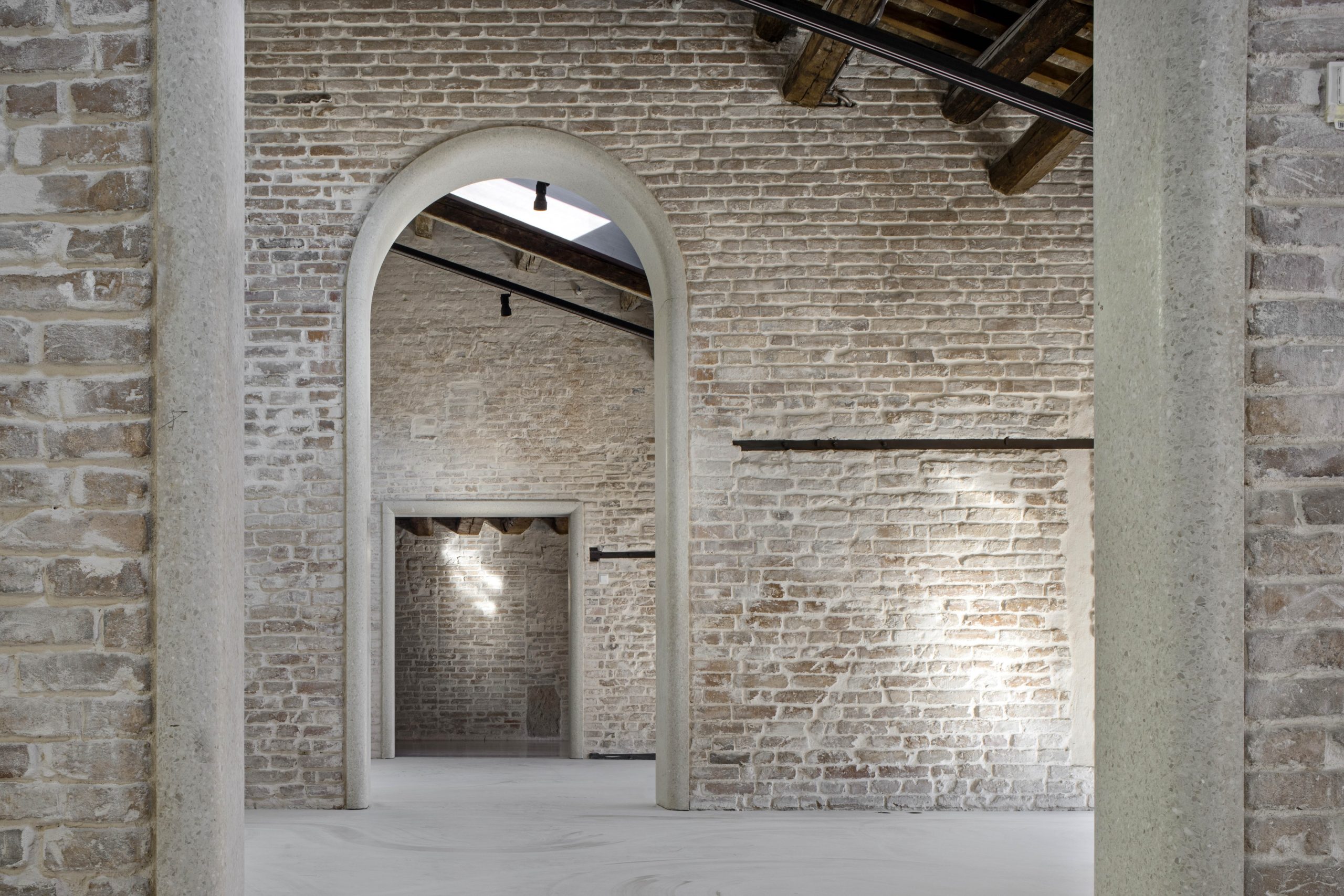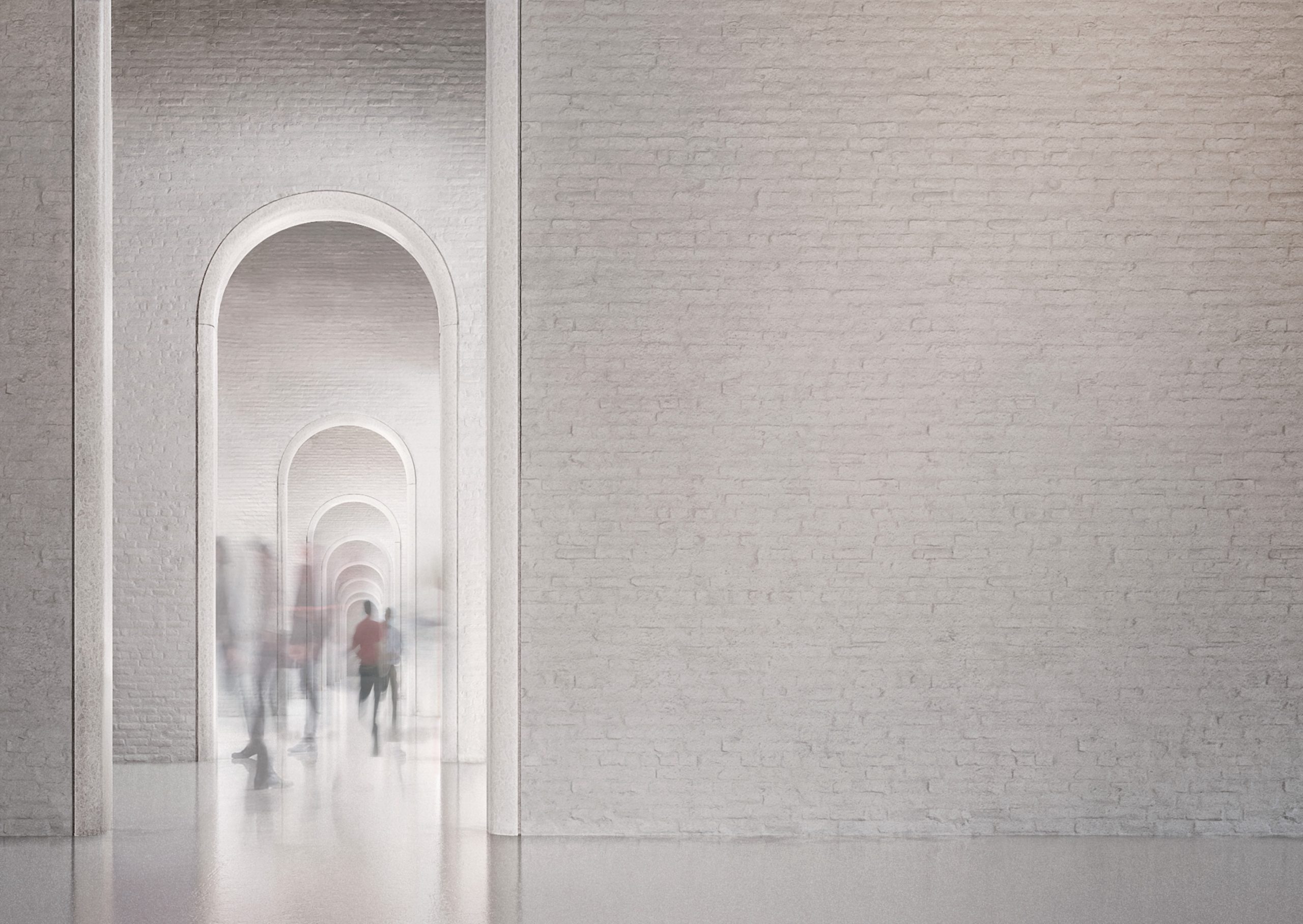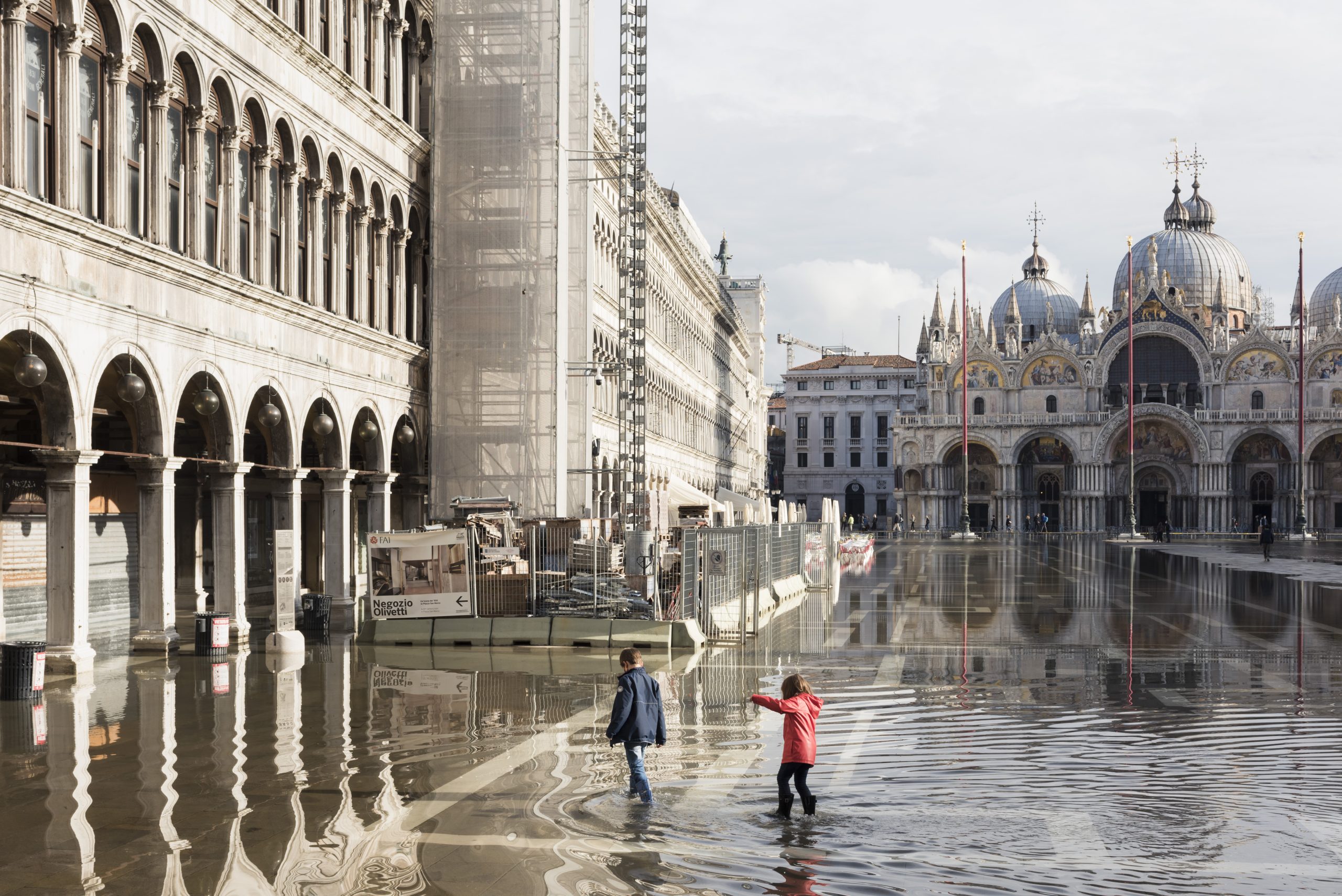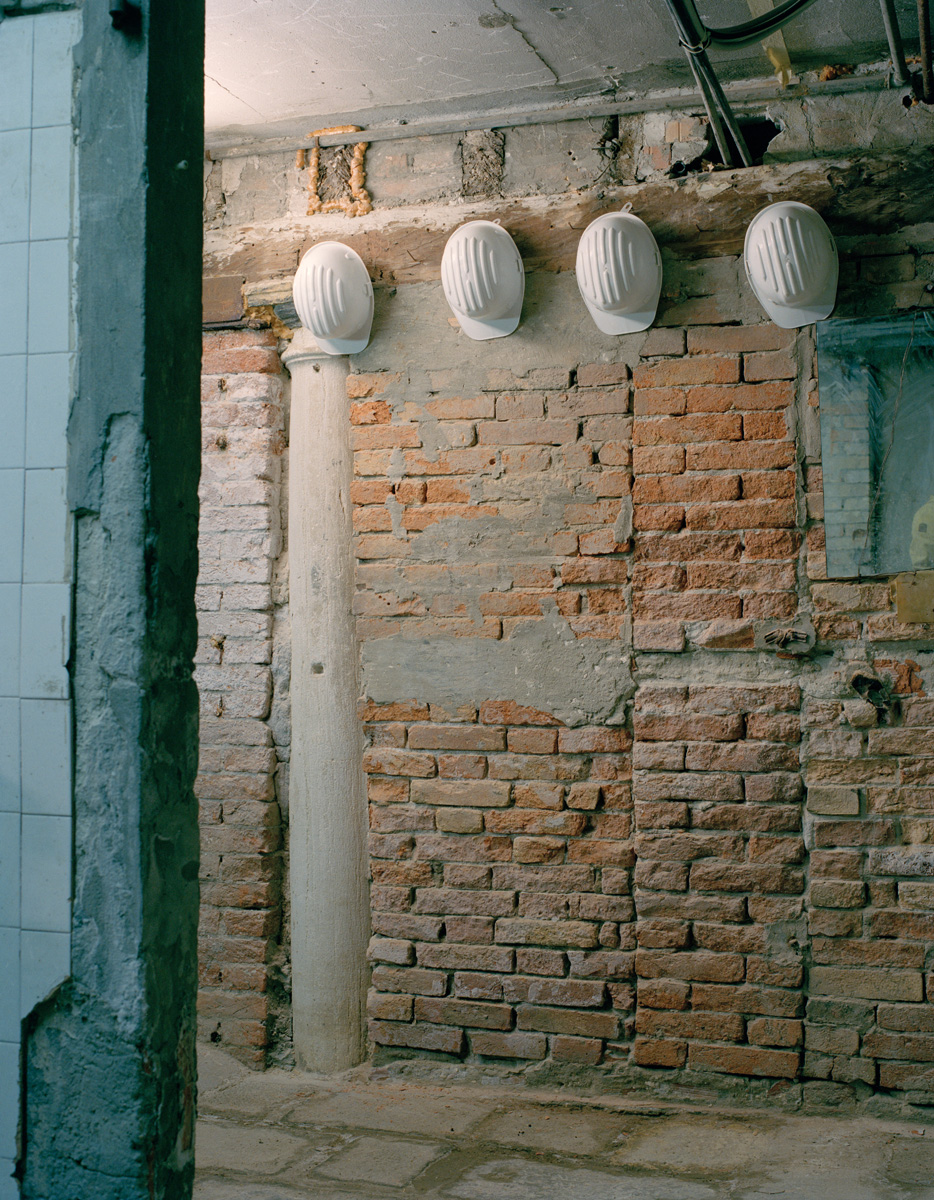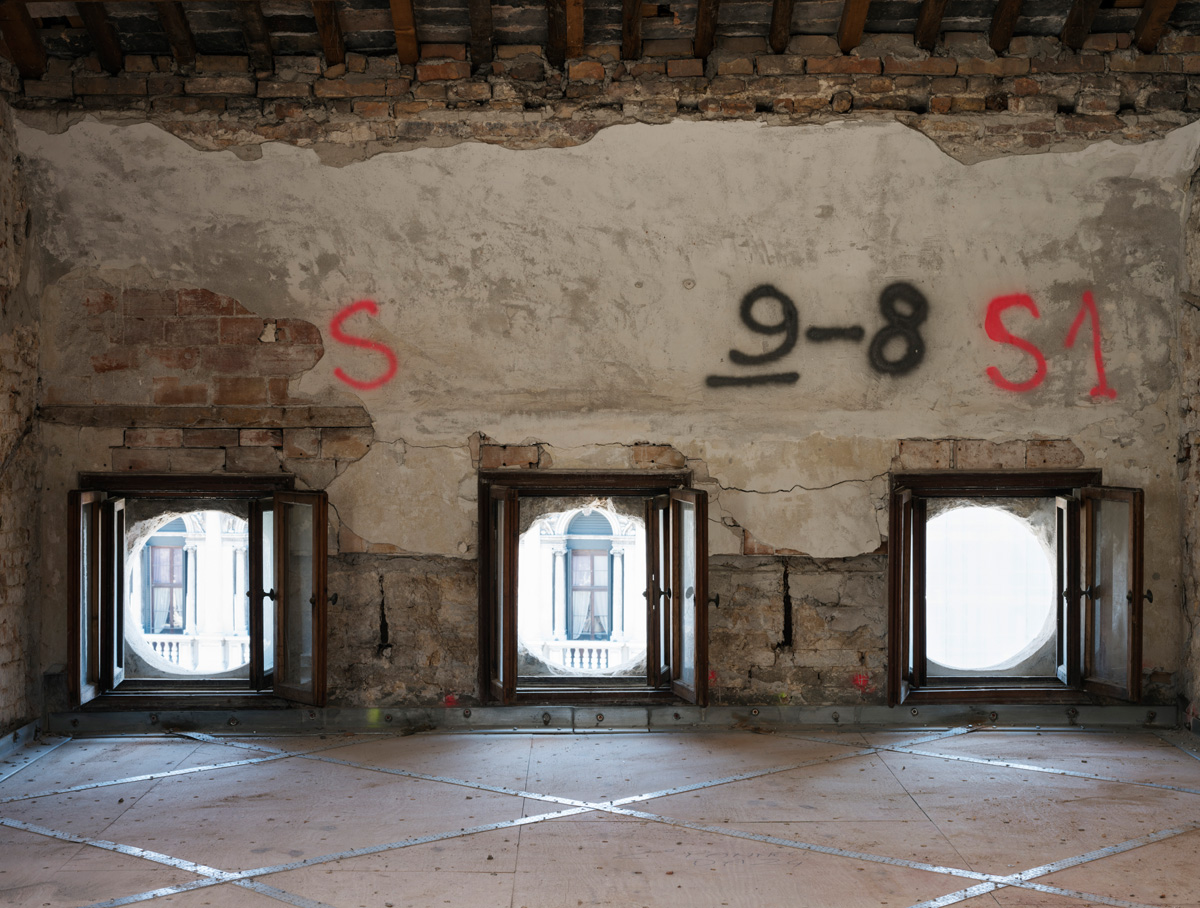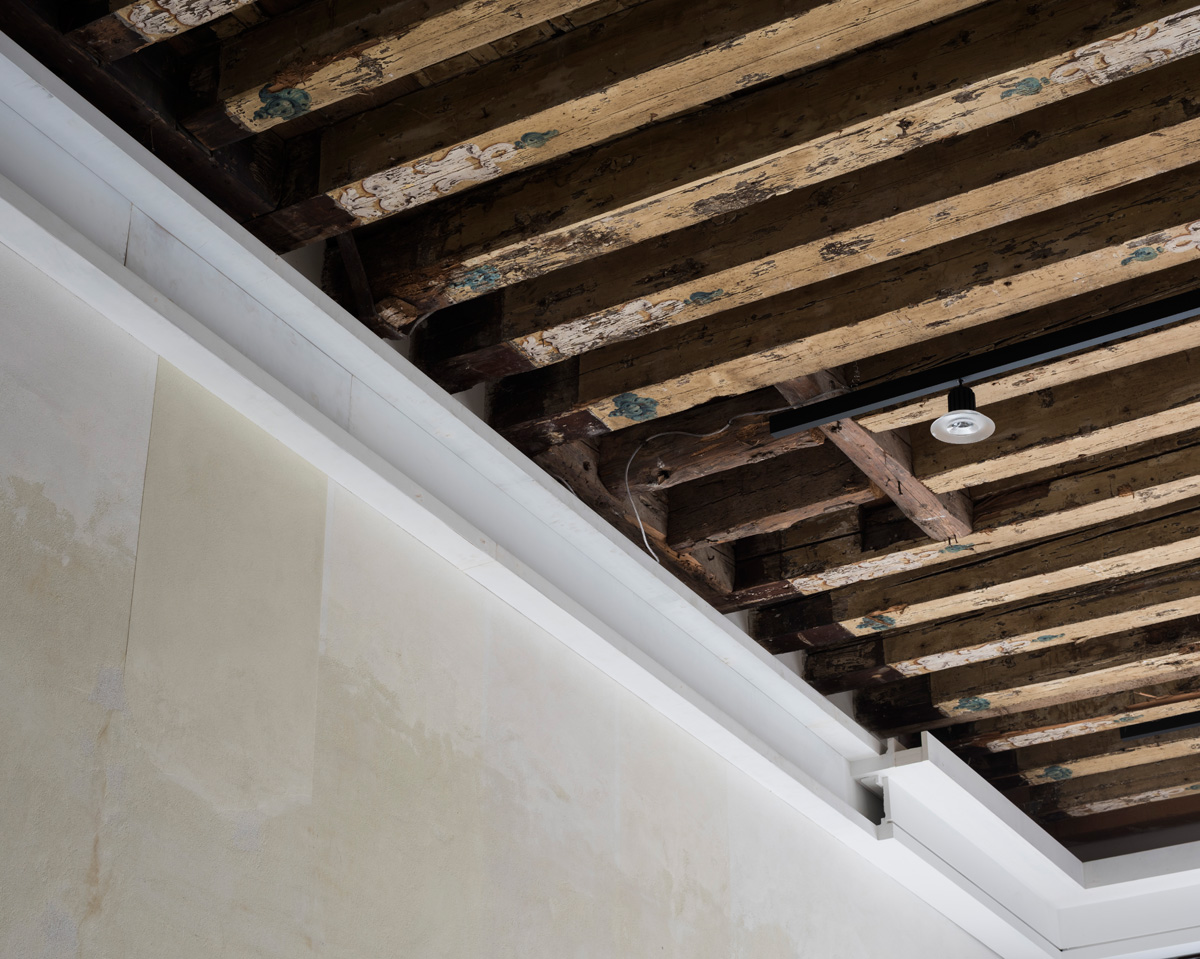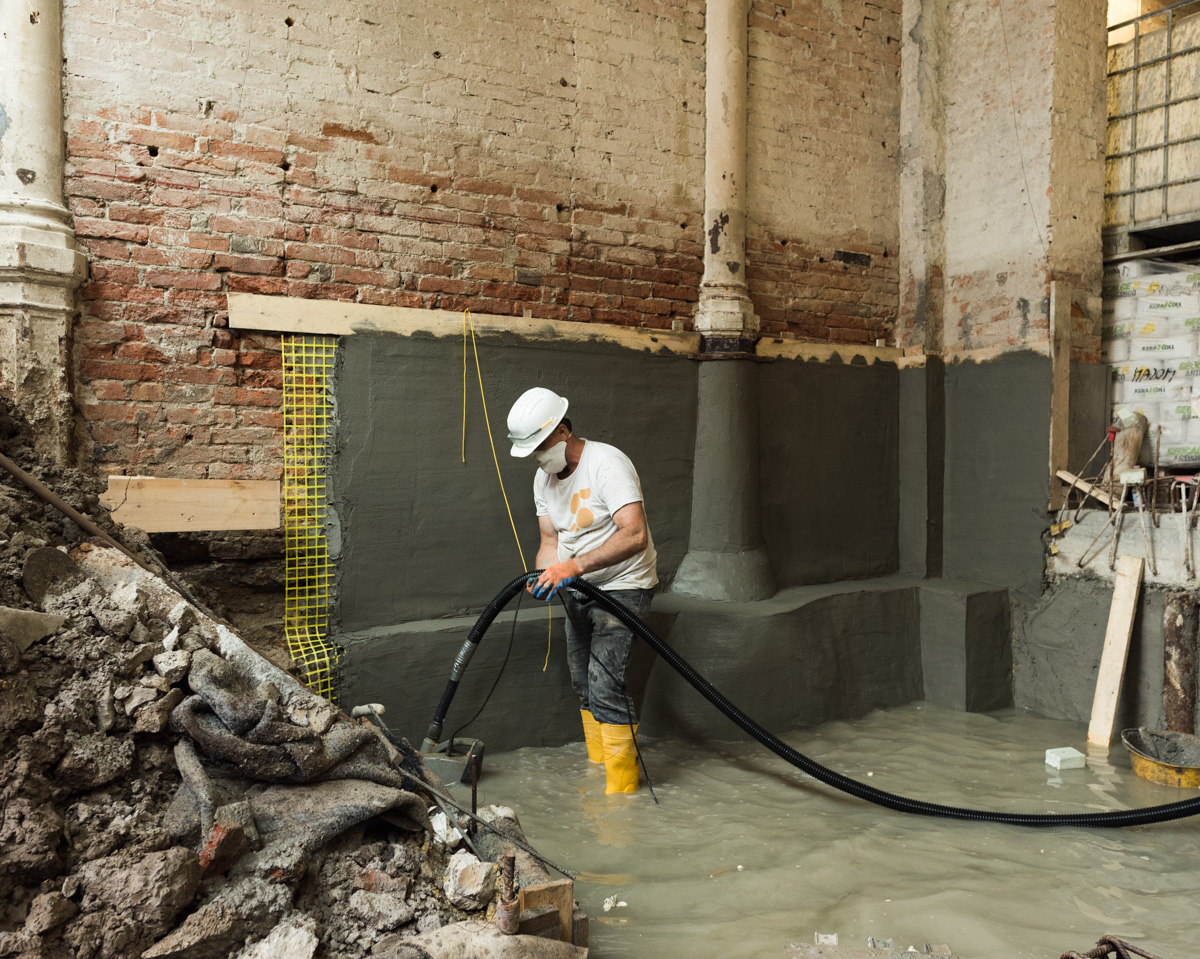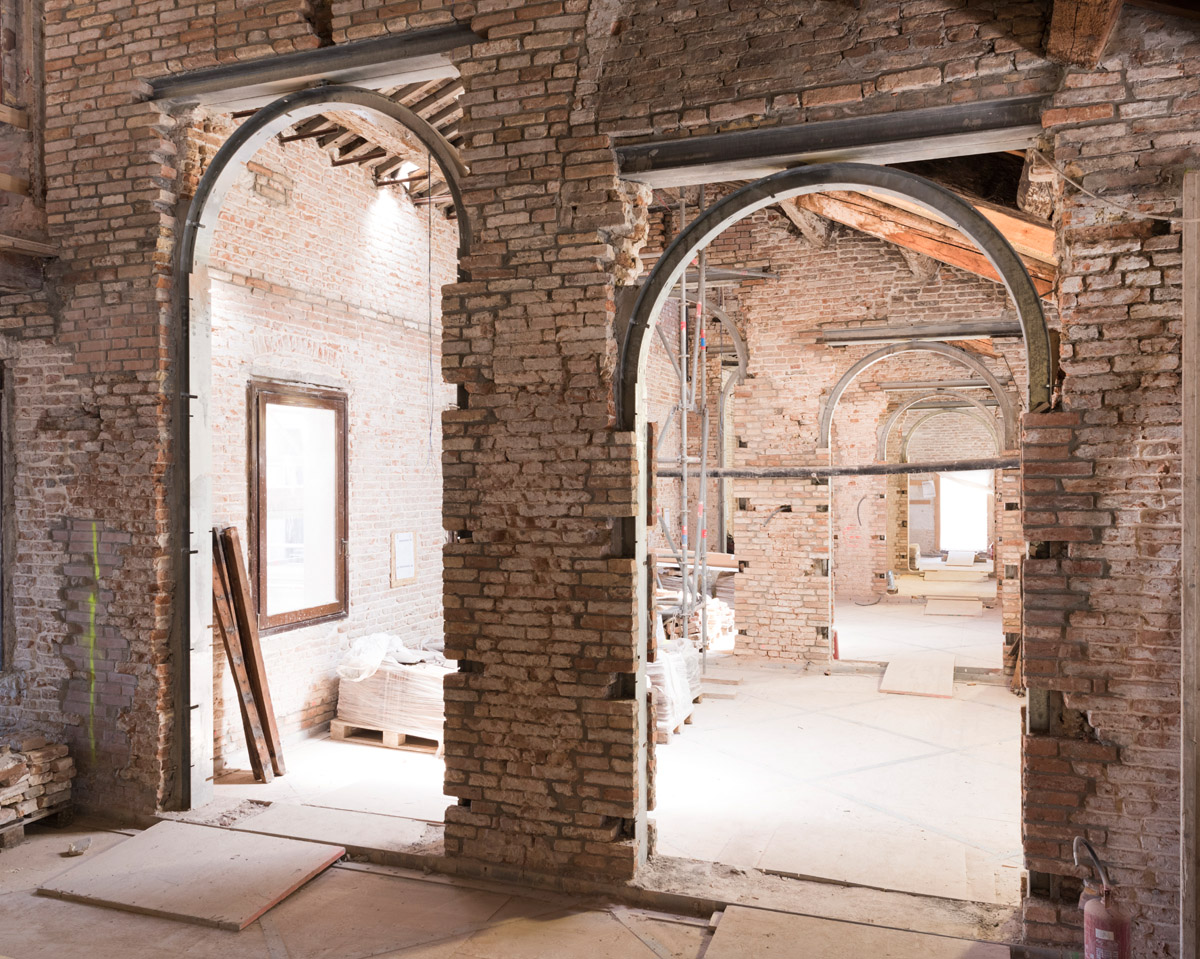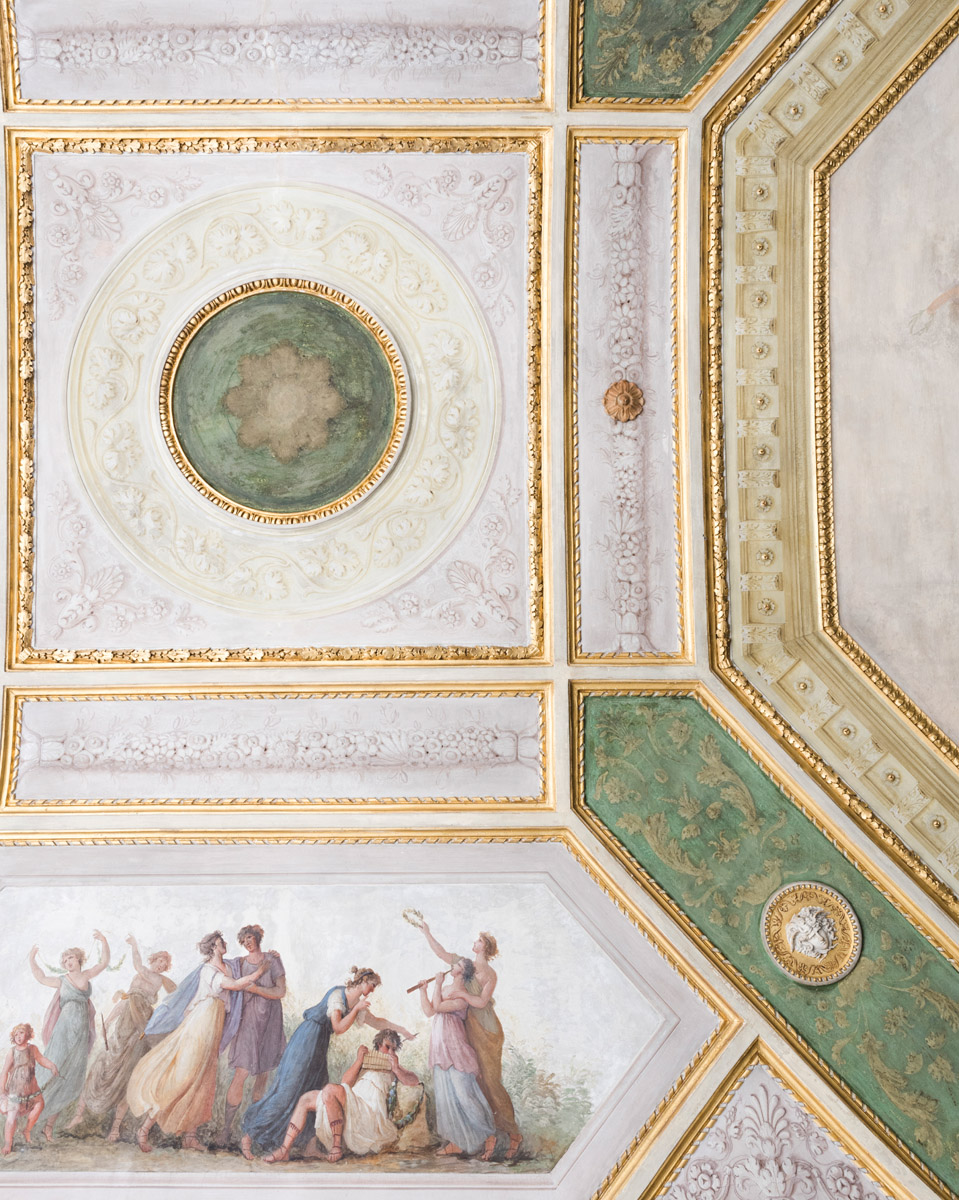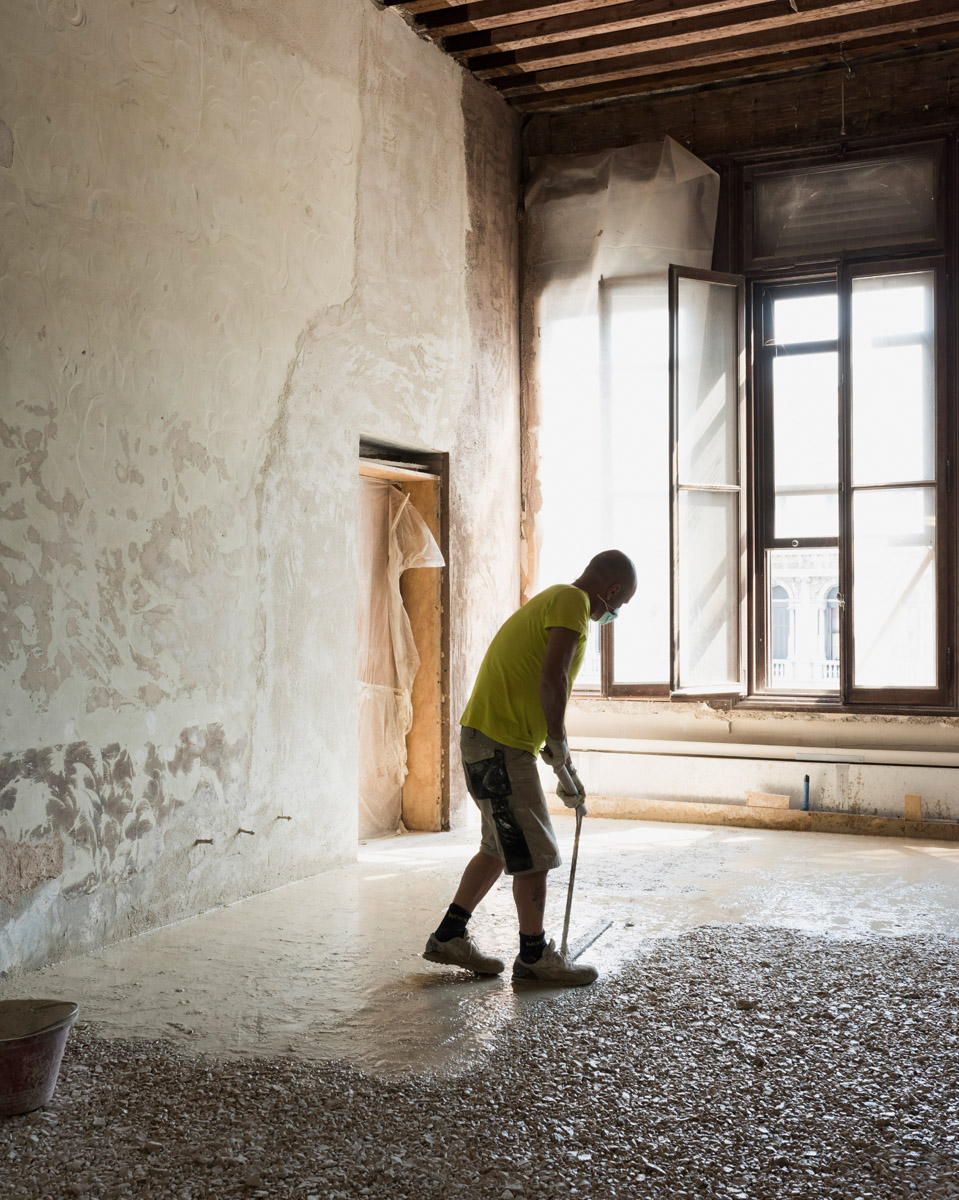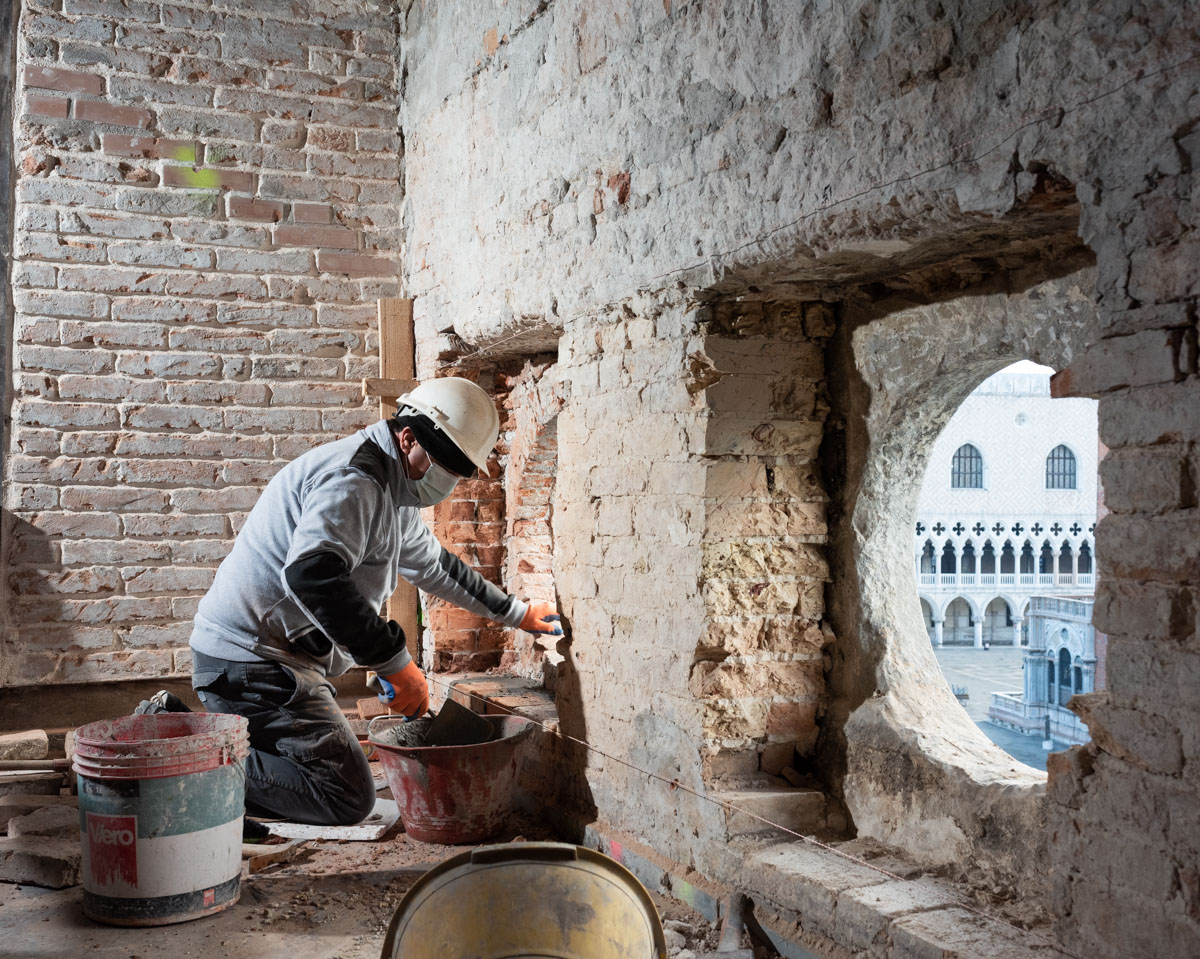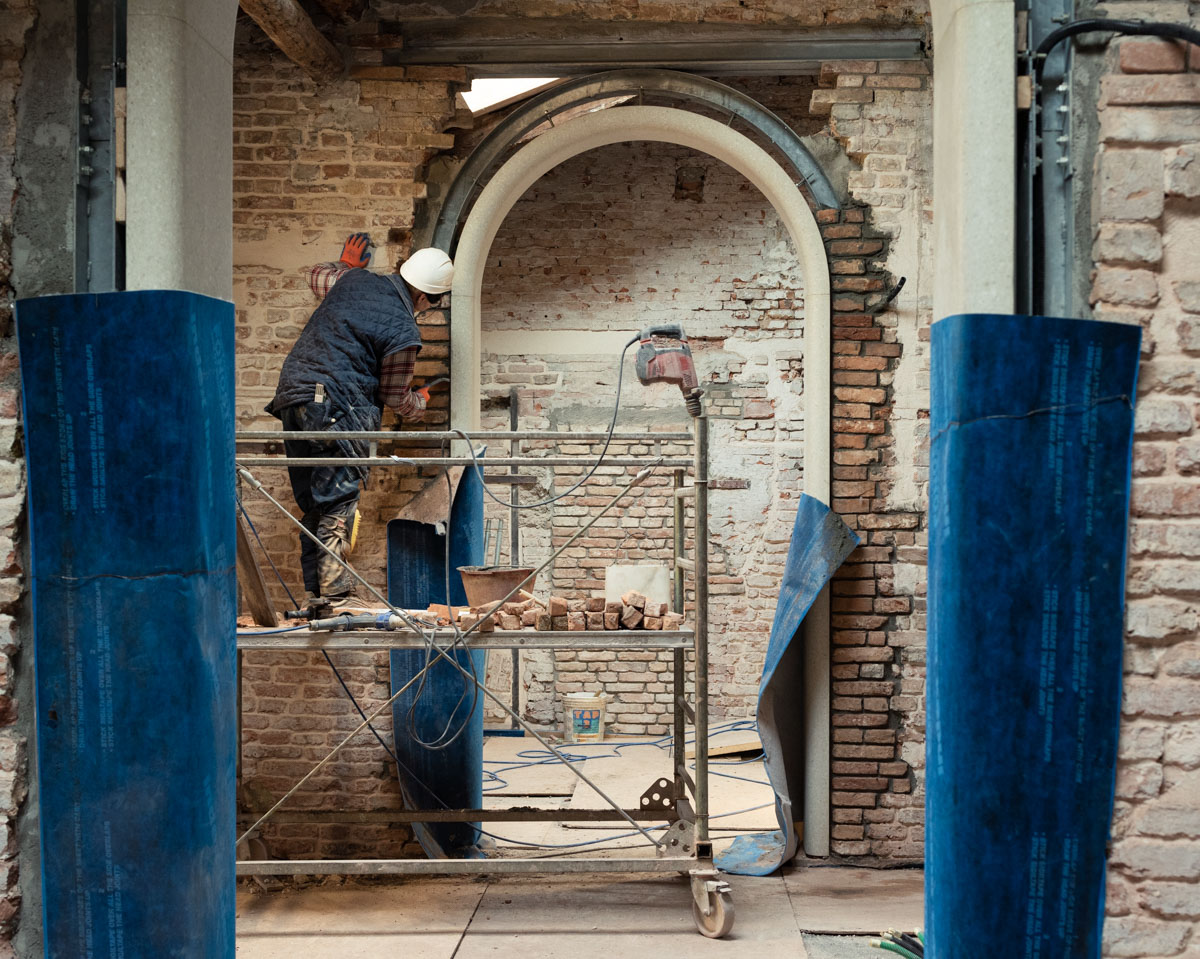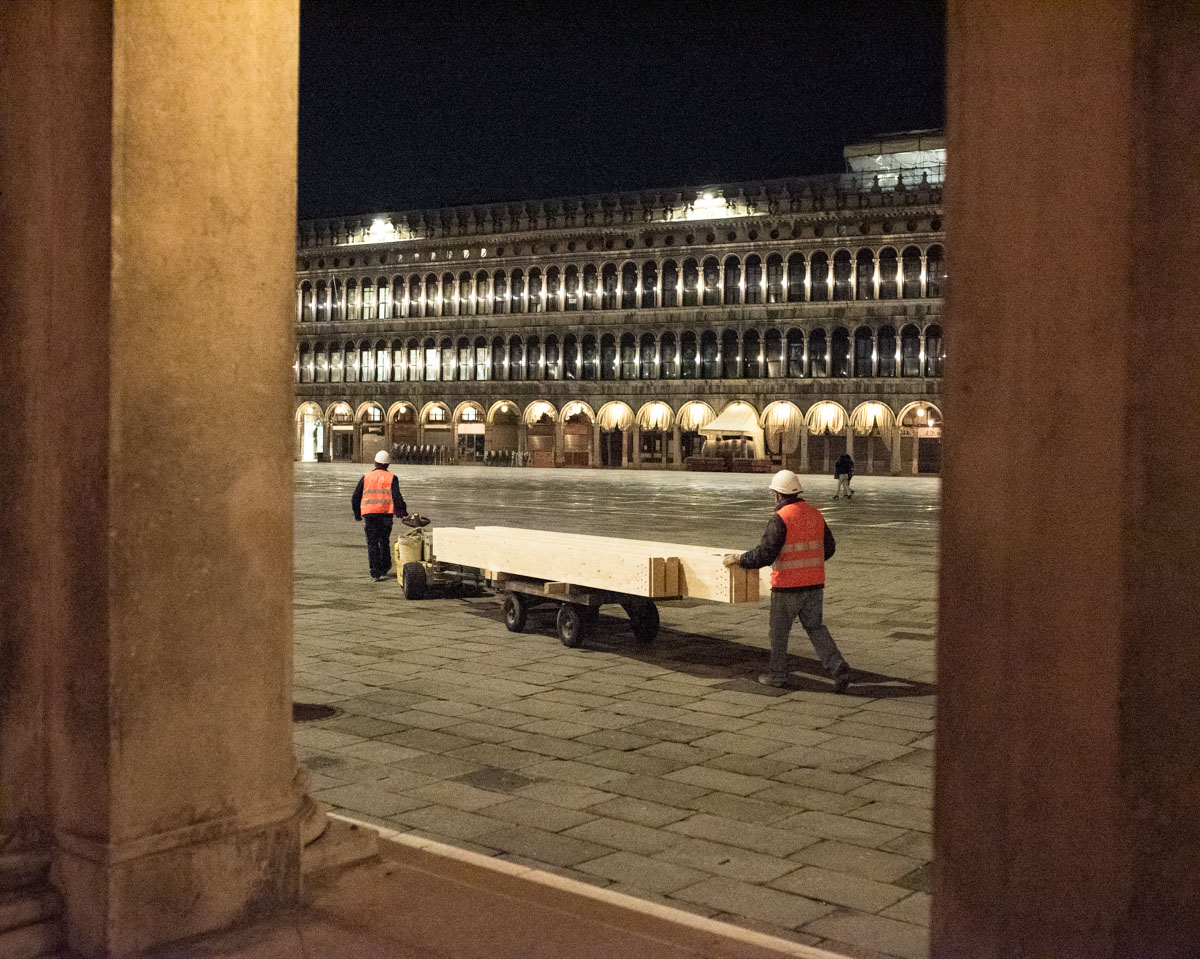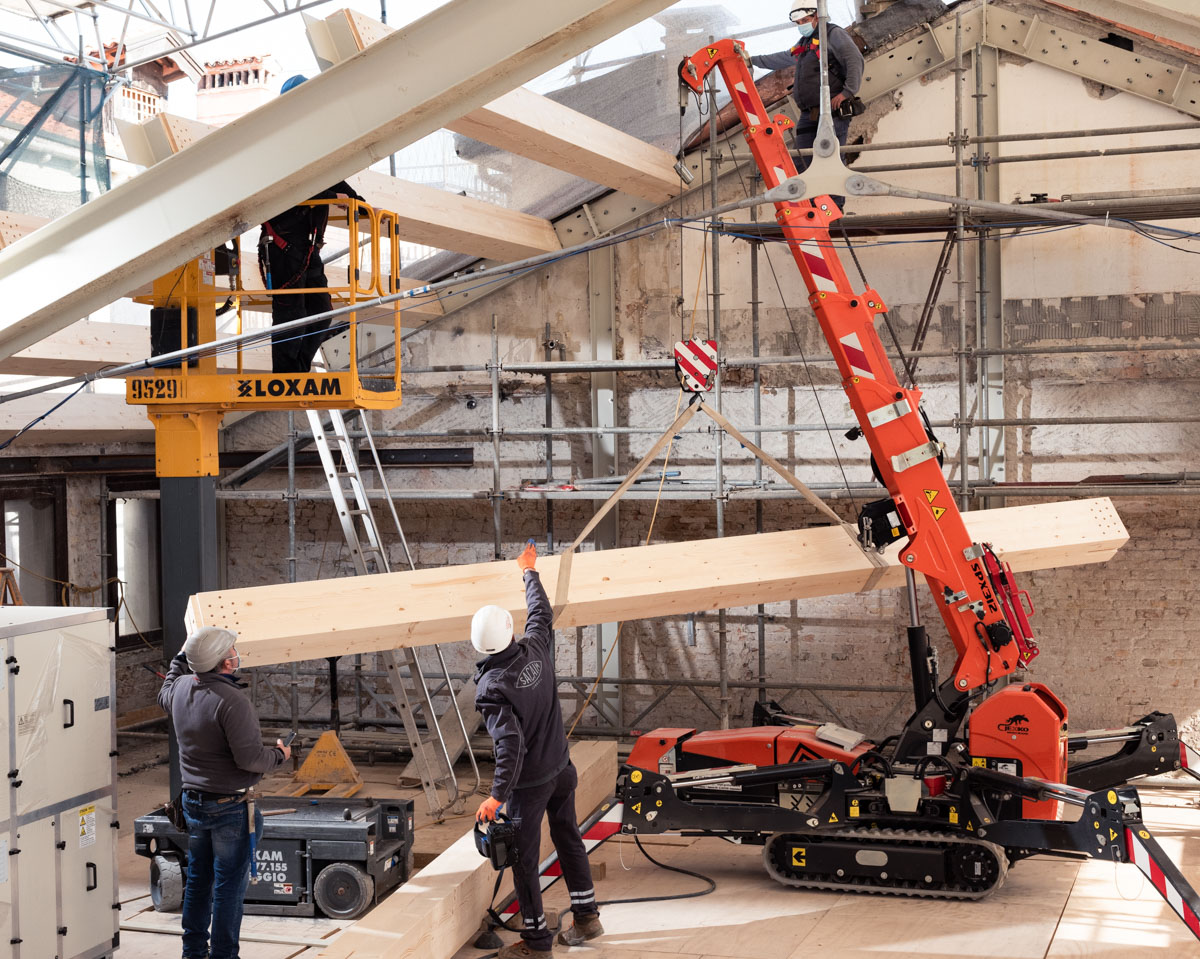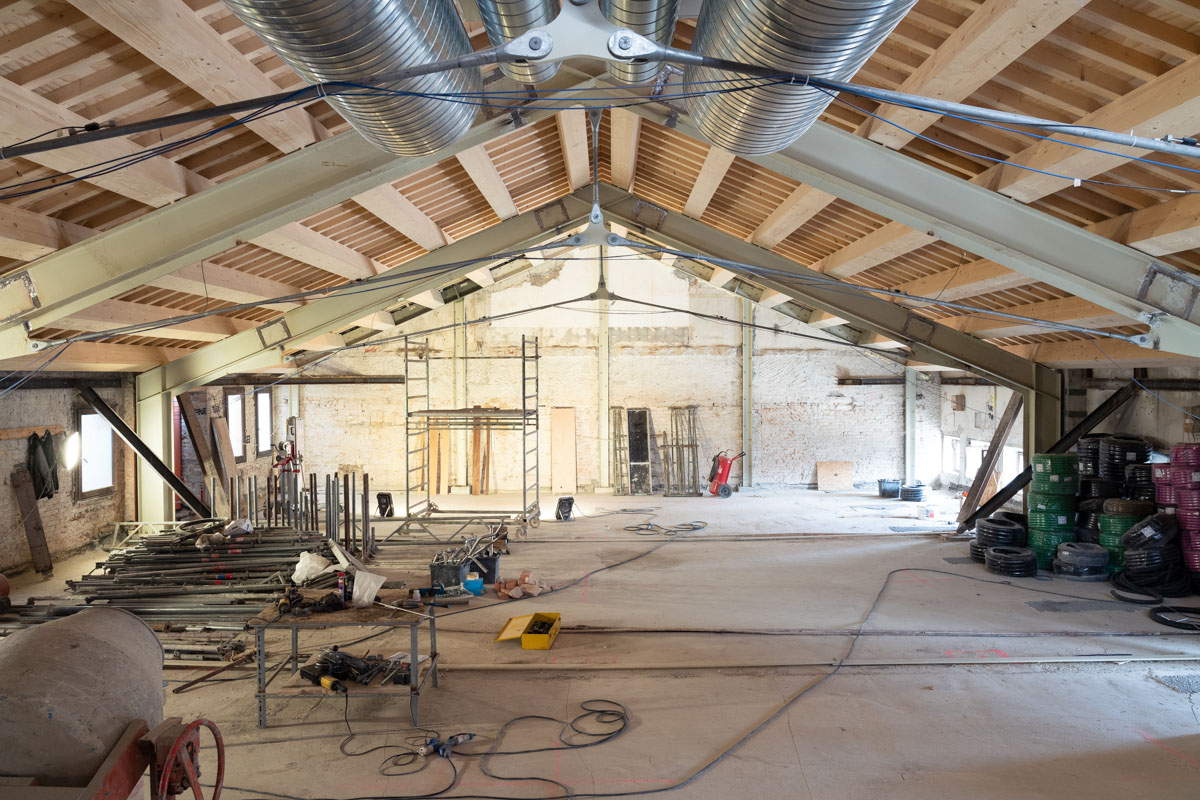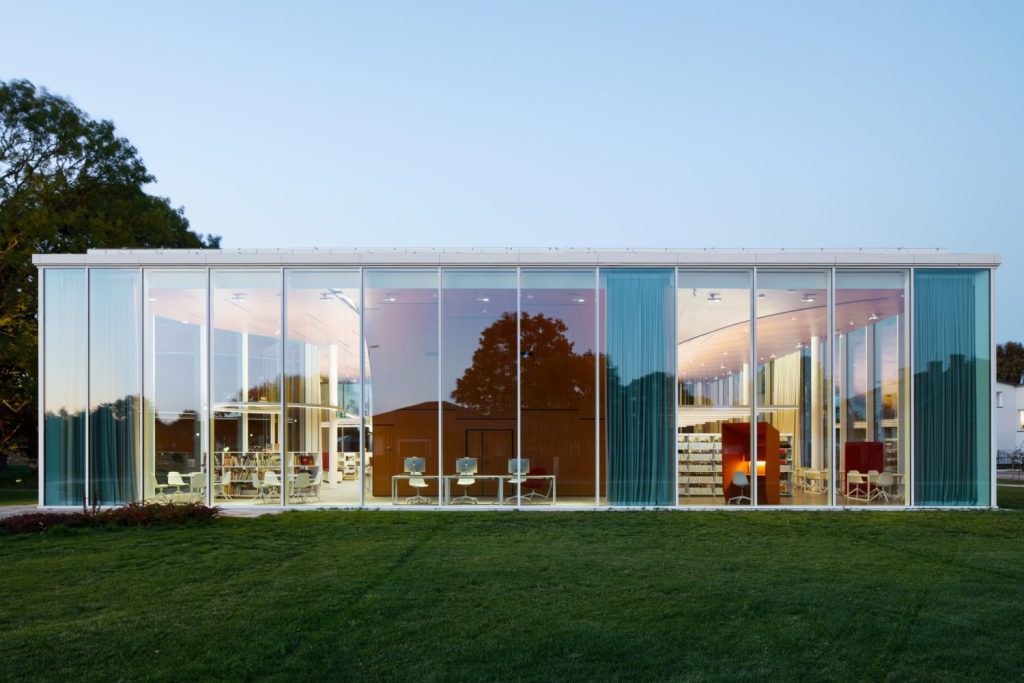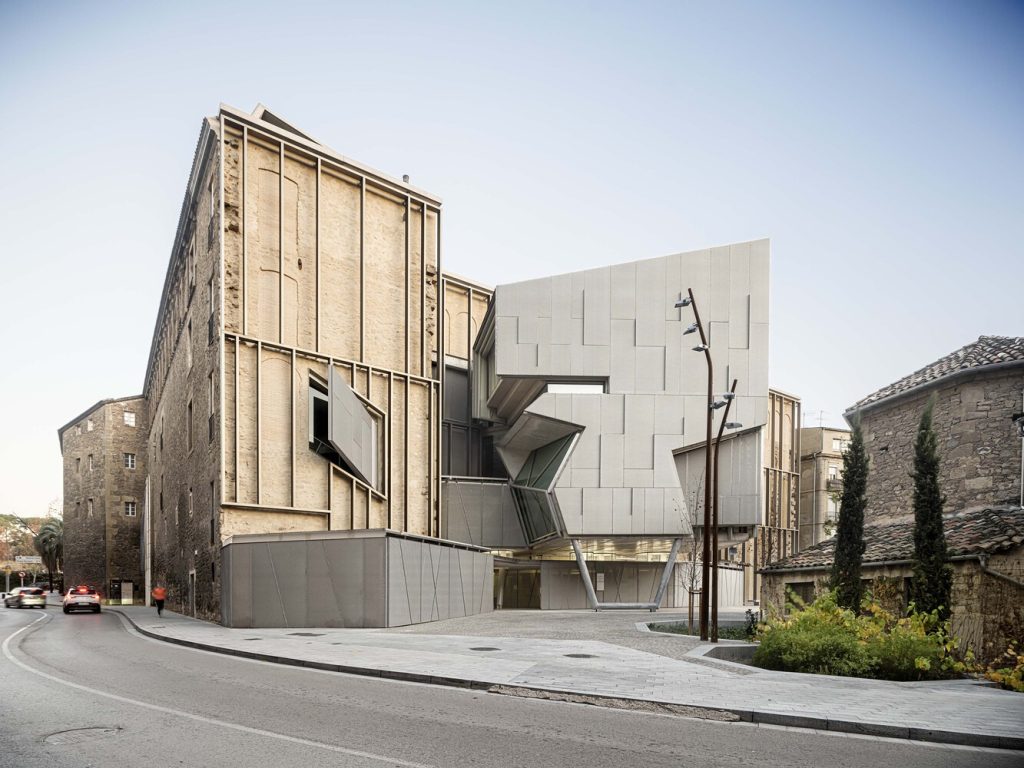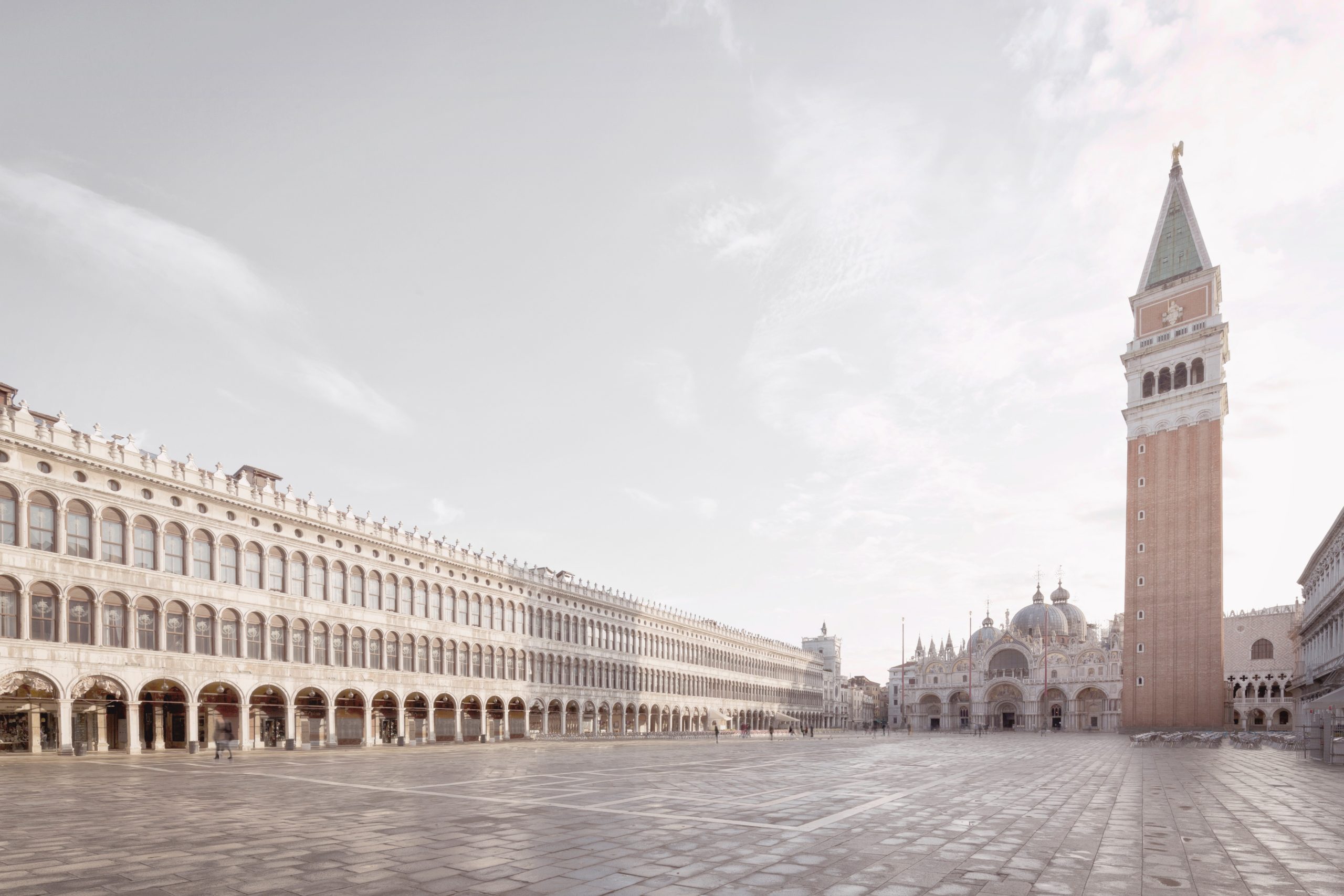
Venice, The Procuratie Vecchie reopen to the public / David Chipperfield Architects
The Procuratie Vecchie was once home to the Procurators of Saint Mark, who, in addition to being senior city officials, were also responsible for looking after the poor and needy of Venice. Staying true to its original mission, the Procuratie Vecchie now fulfills these ambitions on a global scale. Today, it is a hub for people who are passionate about empowering the most vulnerable in society all around the world.
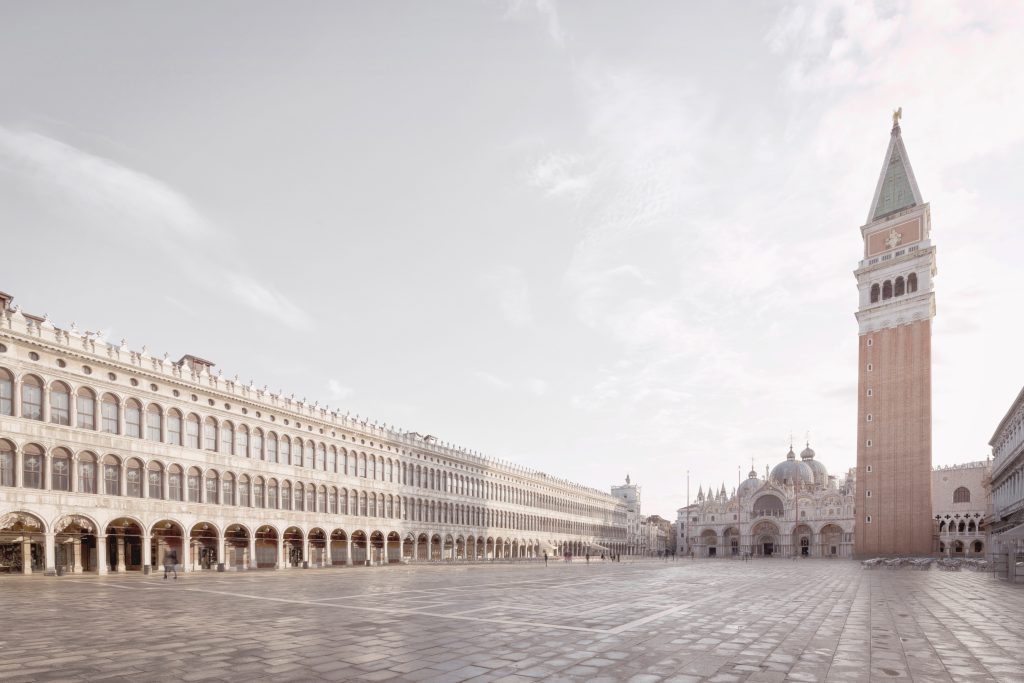
HISTORY
Beyond being one of the most recognisable squares in the world, Piazza San Marco is an extraordinary and explicit demonstration of ordered public space. The Procuratie Vecchie, which developed along the entire north side of the square, was designed by the architect Bartolomeo Bon and later by Jacopo Sansovino in the first half of the sixteenth century, under the renovatio urbis programme of Doge Andrea Gritti. It established the classical language adopted by the subsequent developments on the square. The iconic building has been restored by David Chipperfield Architects Milan, converting it into a globally connected workplace, while retaining the character of its architecture. The commission was to both renovate, unpick and make sense of generations of modification and practical adaptation, and to bring the buildings into a more engaged relationship with the city. The proposals will facilitate the activities of The Human Safety Net and, for the first time in 500 years, a large part of the Procuratie Vecchie will be made accessible to the public.

RESTORATION
The project is not defined by a single concept or architectural gesture, but by a series of interventions that address the complexity of the work. These include the restoration of the first and second floors, the reorganisation of accessibility and usability of the building through the inclusion of new staircases, and the renovation of the central pavilion on the third floor leading to the exhibition spaces open to the public and linked to The Human Safety Net, as well as workspaces and an auditorium. In the interventions, ancient and traditional local construction techniques, as well as local artisan labour (craftsmanship) were engaged for flooring, walling and ceiling using pastellone, terrazzo, marmorino and scialbatura (whitewashing) at lower levels, but also cocciopesto and cotto at top level, with the intent not to impose but rather to inherit, for completing what has been there for centuries in a single whole.
THE SPACES
The third floor features an exhibition, ‘A World of Potential’, curated by Orna Cohen of Dialogue Social Enterprise. It offers visitors a personalised experience of The Human Safety Net, its purpose and its work with disadvantaged people in 23 countries. The exhibition path also helps visitors connect with their personal potential by exploring their own character strengths, while enabling them to see the best qualities in the people around them. The experience is enriched by the presence of Atelier dell’Errore, presenting the exhibition “Chutzpah” within the Art Studio. At the other end of the building, The Hall is a new state-of-the-art auditorium to host international symposiums, congresses and events that have sustainability objectives at their core. It will be a venue to amplify the global conversation about the issues that The Human Safety Net works on: early childhood development, parenting, social impact, inclusion and social entrepreneurship. At the heart of the third floor, The Hub is a co-working space where The Human Safety Net’s teams, their NGO partners, programme beneficiaries and volunteers can all meet up and collaborate with a common purpose, as well as visit The Café managed by Illy, which is also open to the public visiting the third floor. The artistic direction of the first floor was curated by Davide Rampello of Davide Rampello & Partners Creative Studio, while interior and exhibition design, set-up, graphics and multi-media were curated by Migliore+Servetto.
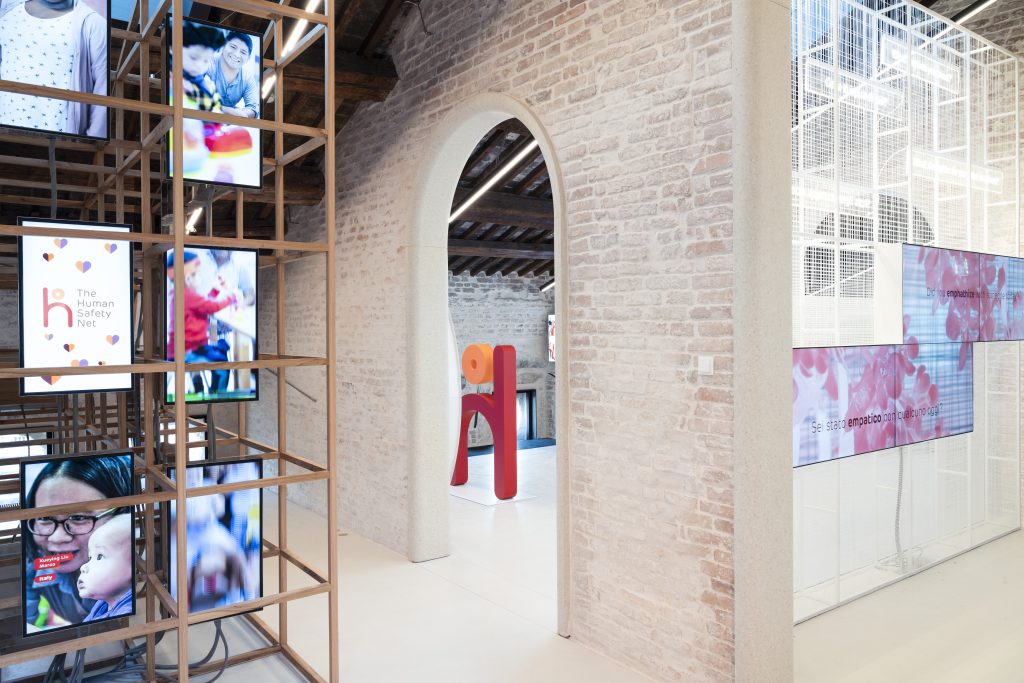
A SPACE OPEN TO THE PUBLIC
For the first time in 500 years, Procuratie Vecchie will be open to the public. Tourists and Venetians will discover the challenges that vulnerable people face, learn about the social impact of The Human Safety Net programs and how they can help, through an interactive journey. David Chipperfield, in charge of the restoration project says: “We have come to better understand the hidden complexities that have accumulated behind the grand public façade of the Procuratie Vecchie. In adapting the building to accommodate a more public programme for The Human Safety Net, we are continuing this story of its evolution, carefully balancing new infrastructural requirements with restoration and refurbishment of the historic fabric. The project is driven by the dual ambition of re-unifying the building as an architectural work and re-instating its role as a place of work, meeting and discussion for the city.”
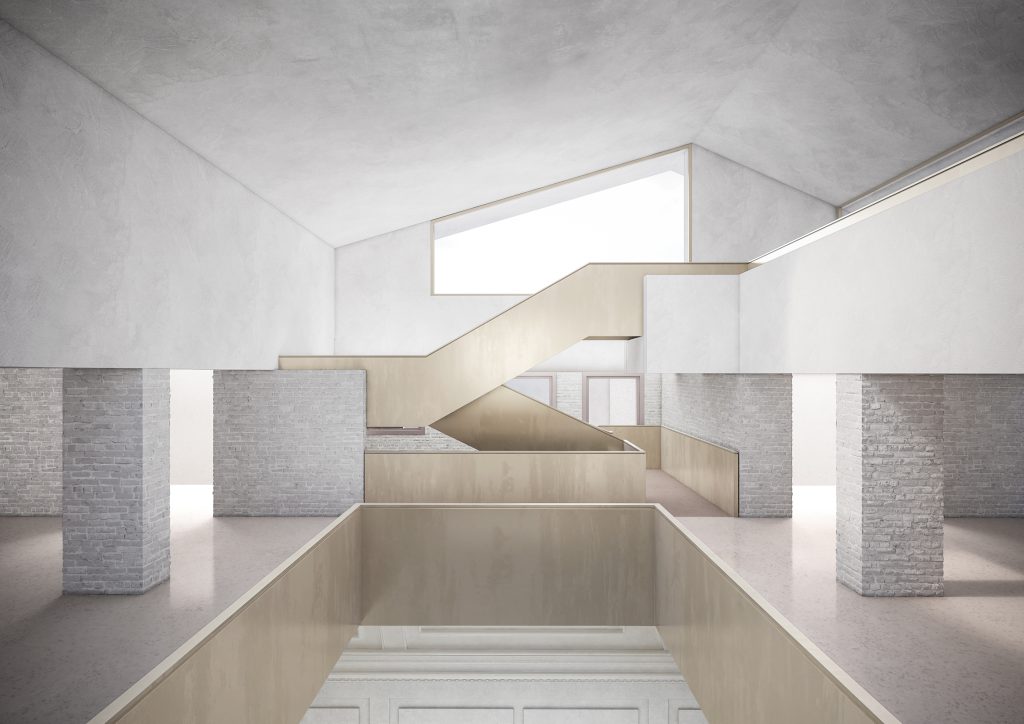

- Architect: David Chipperfield Architects Milan, Italy
- Partners: David Chipperfield, Giuseppe Zampieri
- Associate Director: Cristiano Billia
- Associates: Adolfo Berardozzi, Andrea Cocco, Carlo Zucchia
- Quantity surveyor: GAD, Milan, Italy: Gianpiero Aresi, Luca Cedrelli, Francesco Minoia
- Works management: TA Architettura, Mestre, Italy: Diego Boldo, Giulia Conti, Anna Lisa Girolami, Alberto Torsello
- General contractor: SACAIM, Marghera (Venice), Italy
- Project coordination: Artelia, Milan, Italy: Giorgio Alberti, Giuseppe Baudille, Matteo Lavazza, Marco Paolacci, Massimo Vedovato
- Structural engineer: Arup, Milan, Italy: Federico Bormetti, Luca Buzzoni, Guglielmo Carra, Giammichele Melis
- Services engineer: Arup, Milan, Italy: Paolo Bianchi, Paolo Cresci
- Acoustic consultant: Manens Tifs, Verona, Italy: Marco Trame, Roberto Zecchin
- Fire consultant: Studio Mistretta, Milan, Italy: Valentina Liggi, Silvestre Mistretta
- Façade consultant: Arup, Milan, Italy: Konrad Runggaldier
- Lighting consultant: Viabizzuno, Bentivoglio (Bologna), Italy: Giacomo Coppe, Francesco Finetti, Mario Nanni, Giulia Pulga
